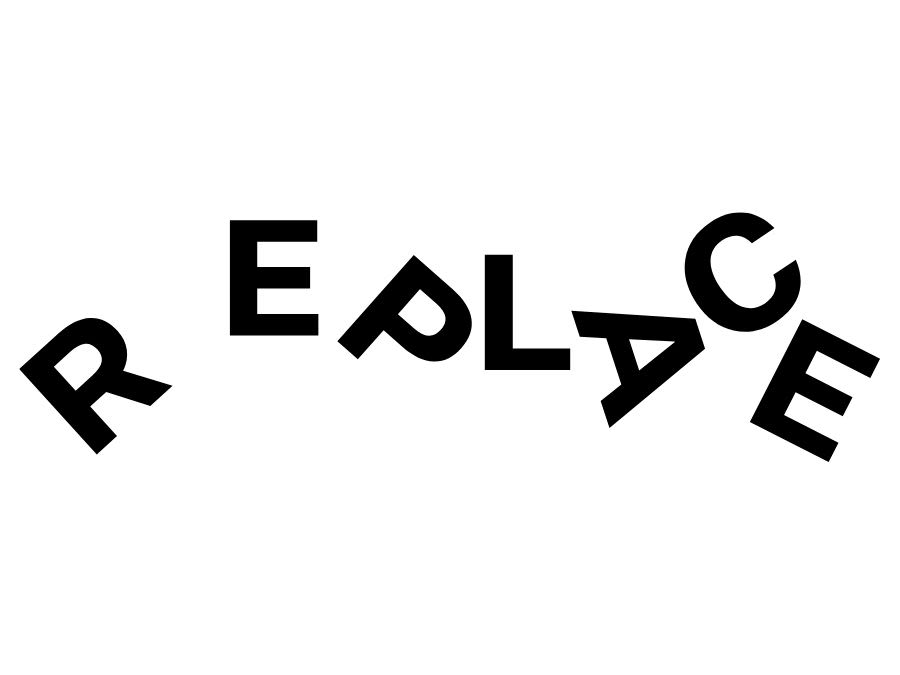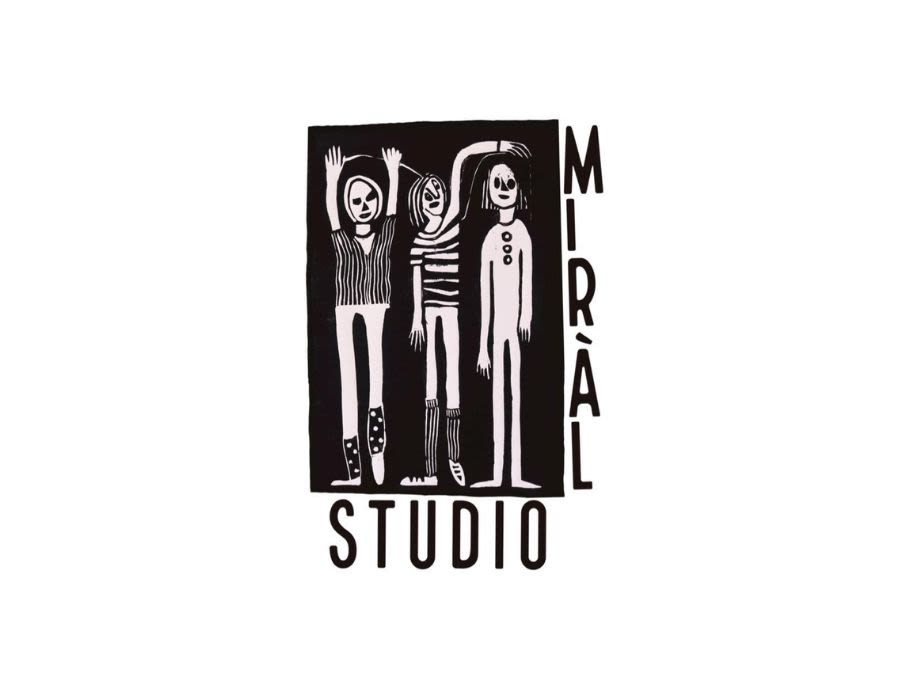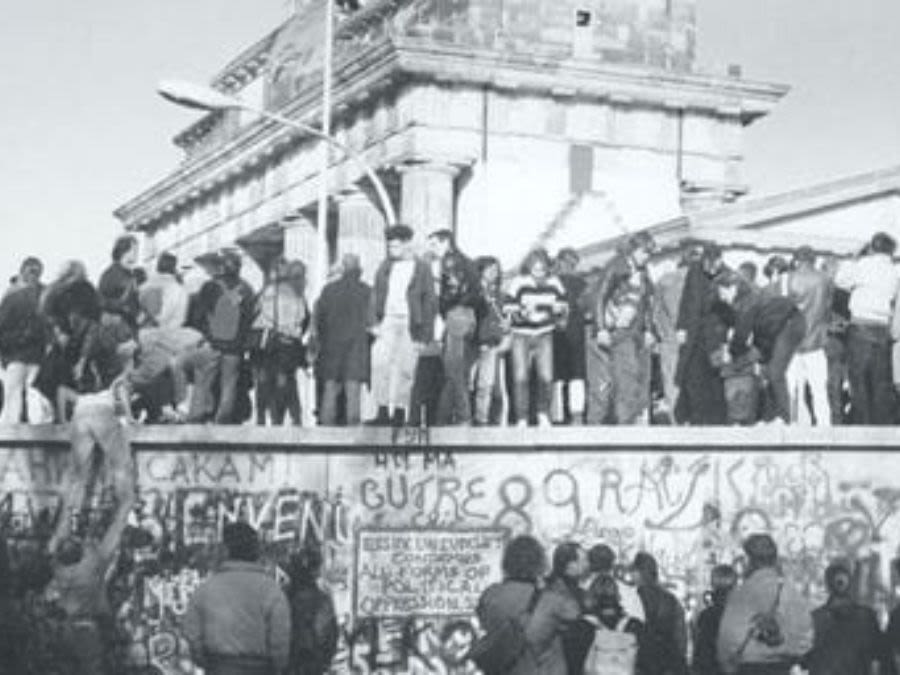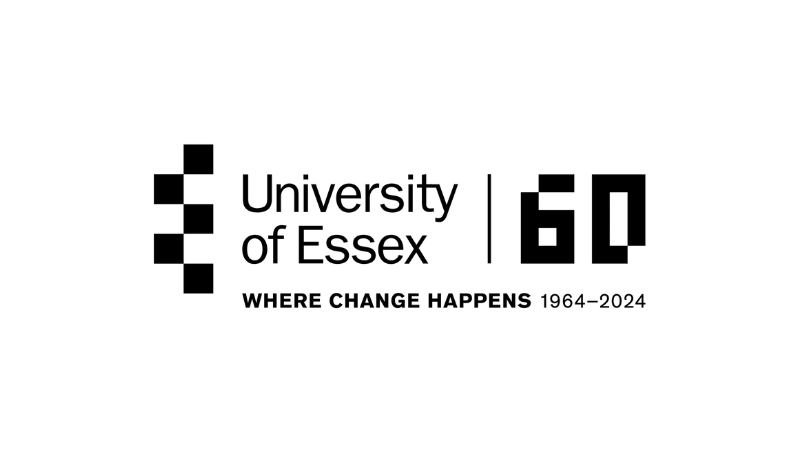Rebuilding communities destroyed by disasters
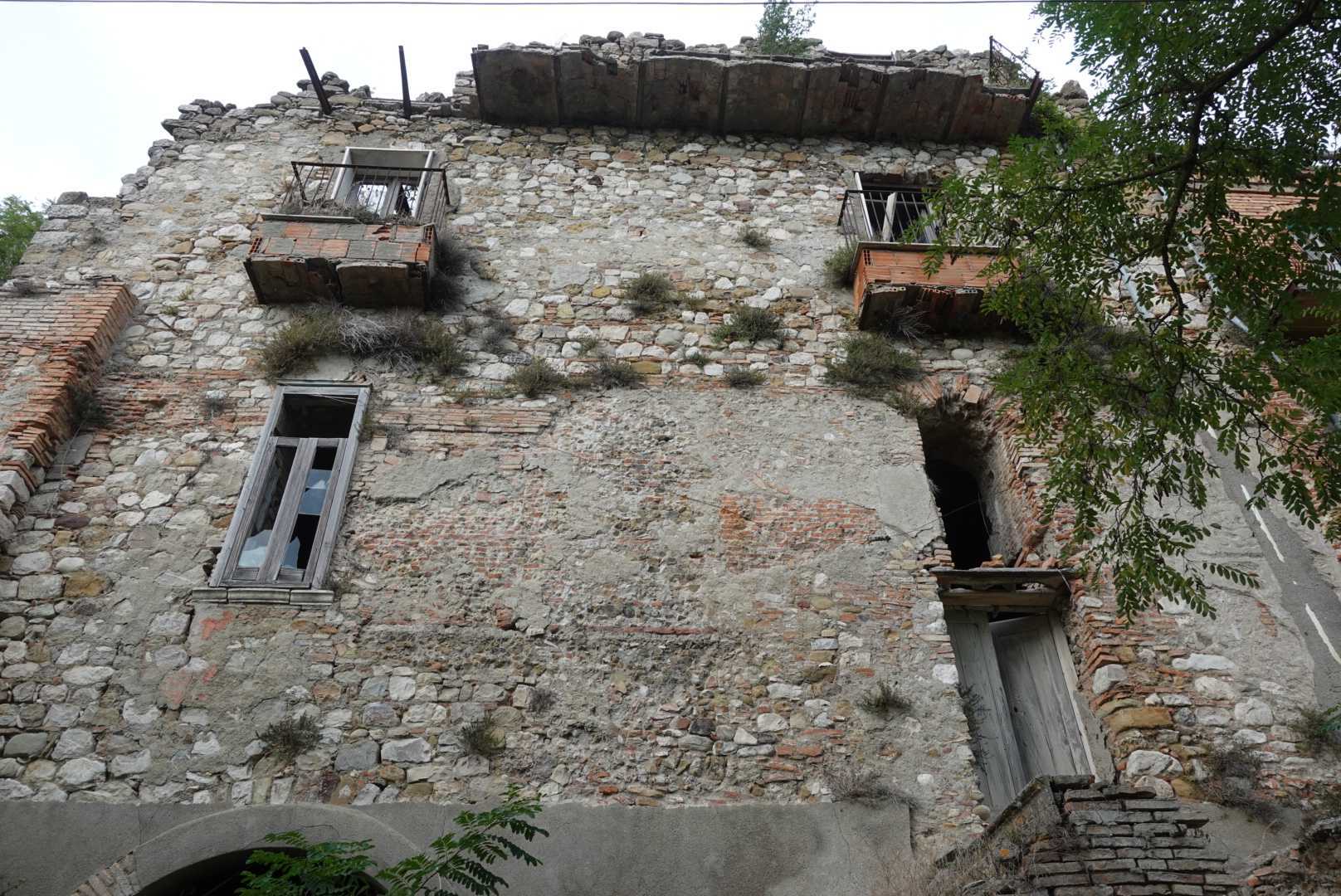
Over 500 million people have been affected by natural disasters since the year 2000. These disasters kill tens of thousands of people every year, whilst millions are displaced or left homeless.
But the impacts of these disasters have other, less tangible, consequences. Our sense of identity, of belonging, and of social cohesion can all be destroyed by these disasters too.
As climate change increases the risks of more extreme events, from earthquakes and storms to floods and droughts, researchers at Essex are using new technologies to help rebuild communities and preserve cultural heritage.
The power of memory
Think of your home. Your street. Your town. Really think about them. What would it be like if they were gone? What would you lose? Could you remember all the details? Is it important to you that you do?
On 23 November 1980, the Irpinia earthquake struck southern Italy. It left almost 2,500 people dead, at least 7,700 injured, and 250,000 homeless.
It was not just buildings that were destroyed, but lives, histories, and a way of life.
- What happens after these events in places that are destroyed?
- How can communities come together and agree on what is to be replaced and rebuilt?
- Should it be faithful to its previous form, or built in a completely new way?
- What parts of a place do communities value most?
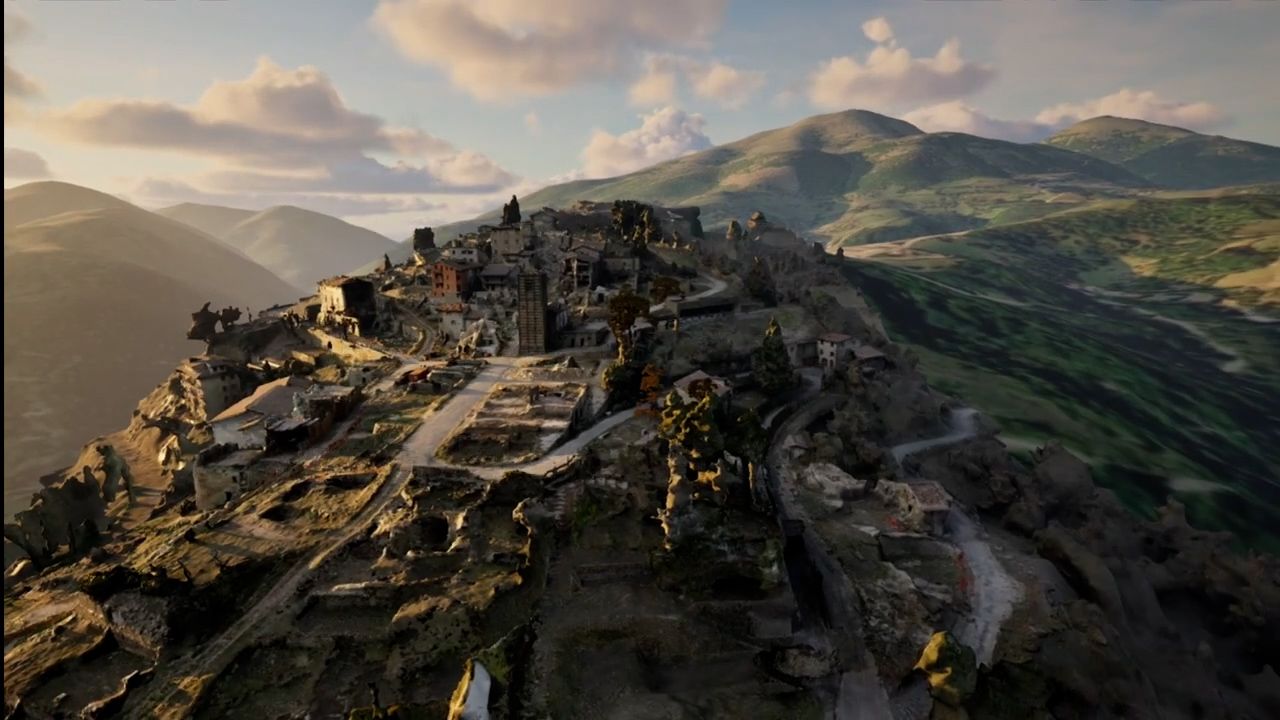
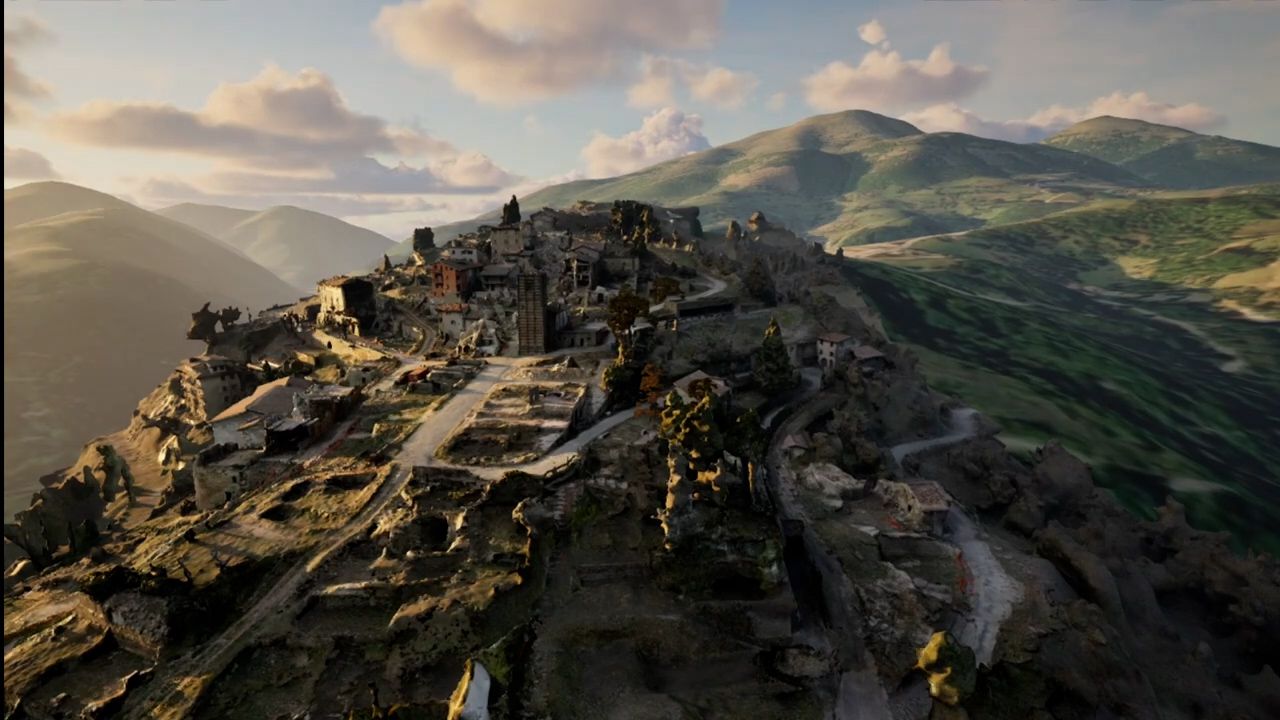
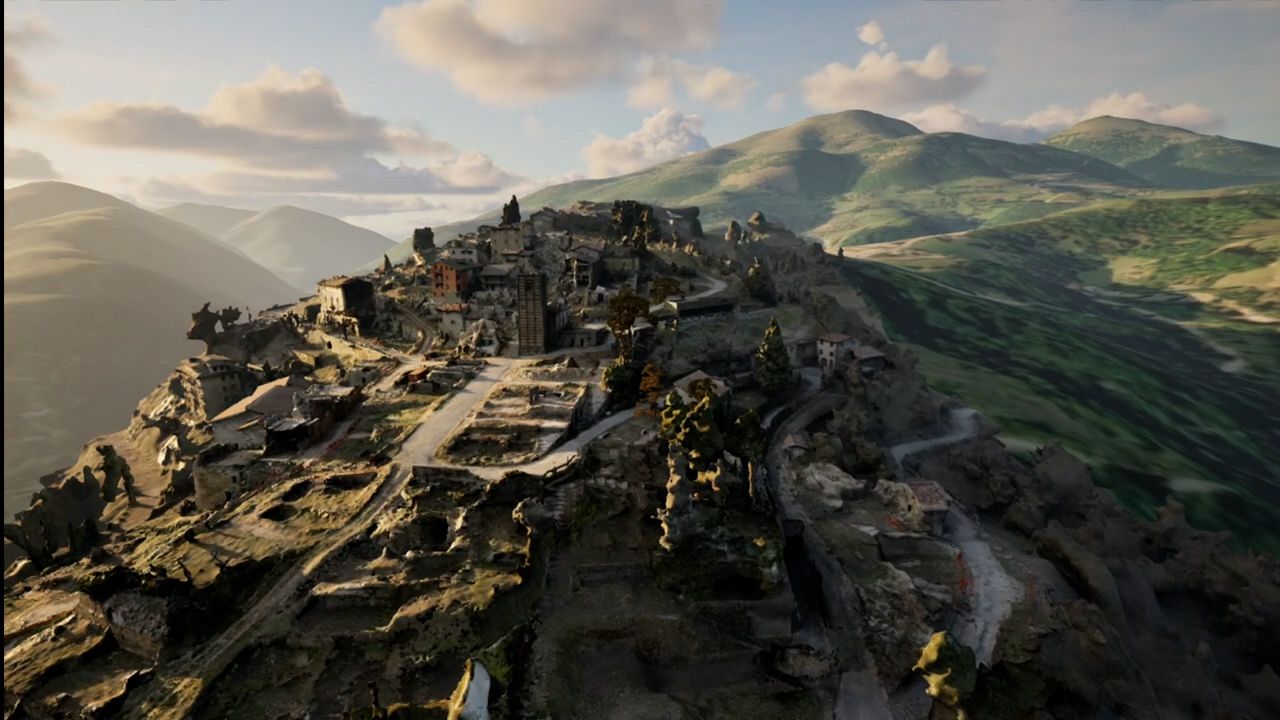
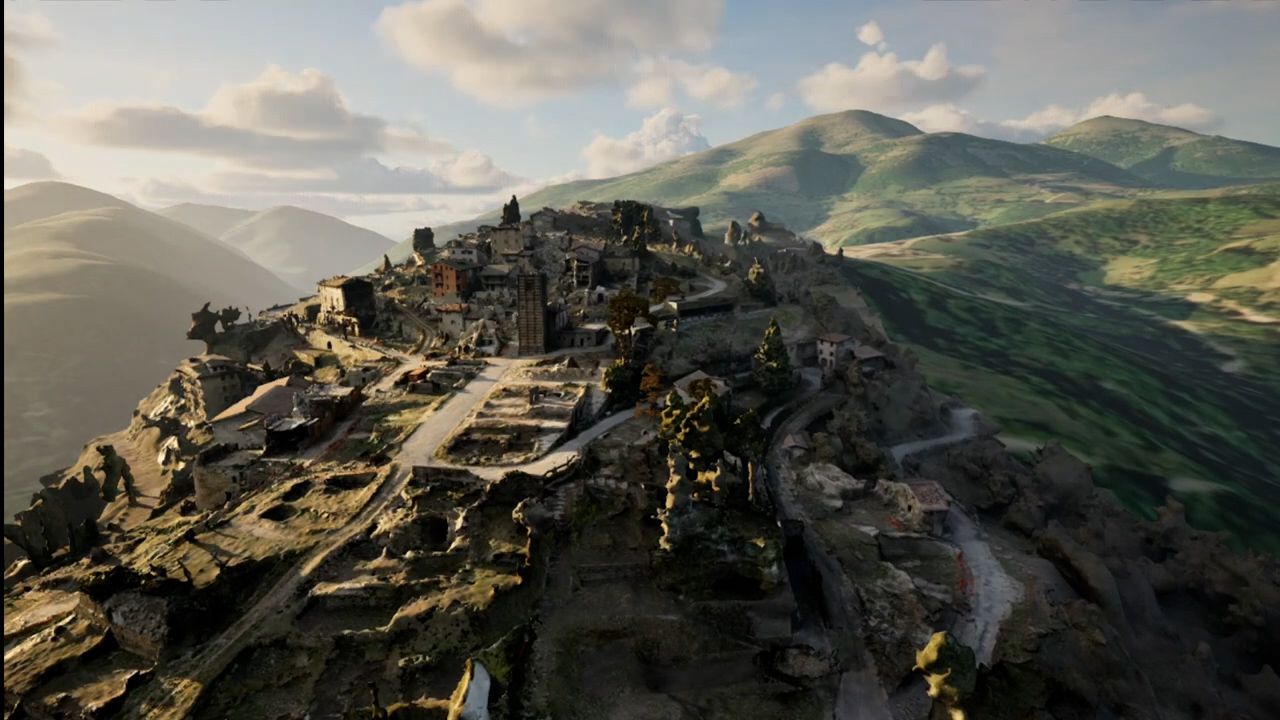
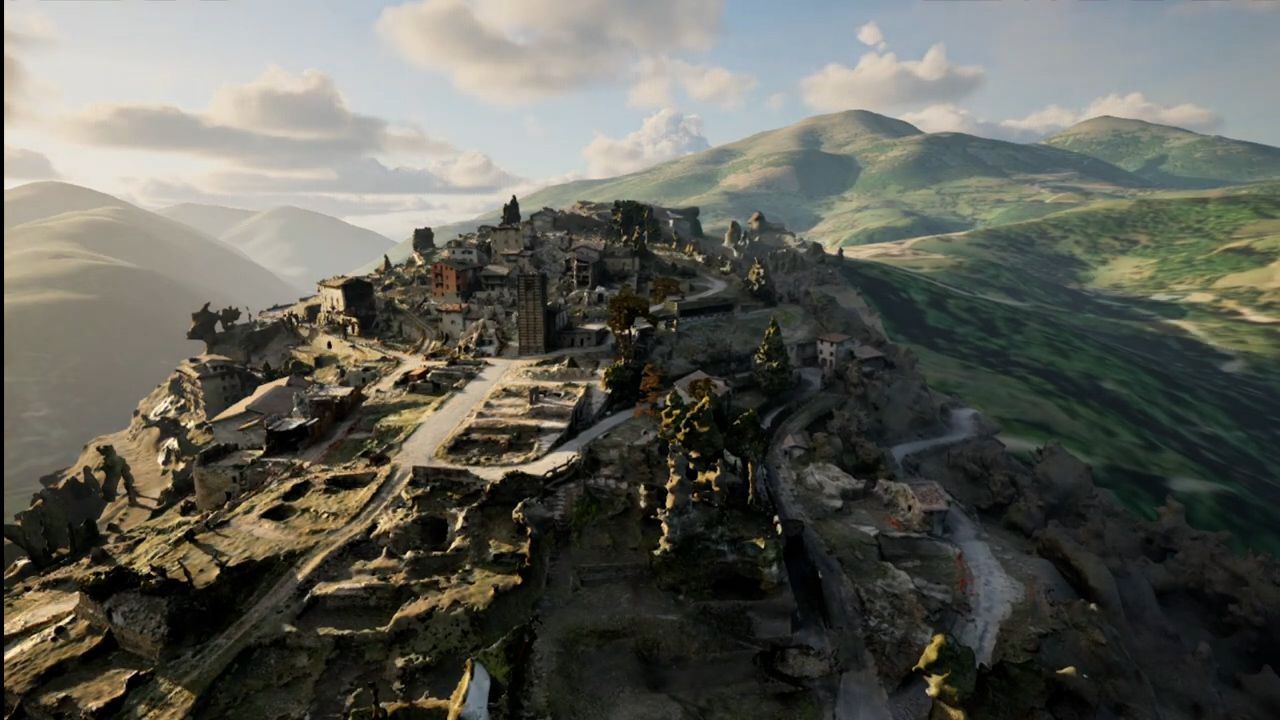
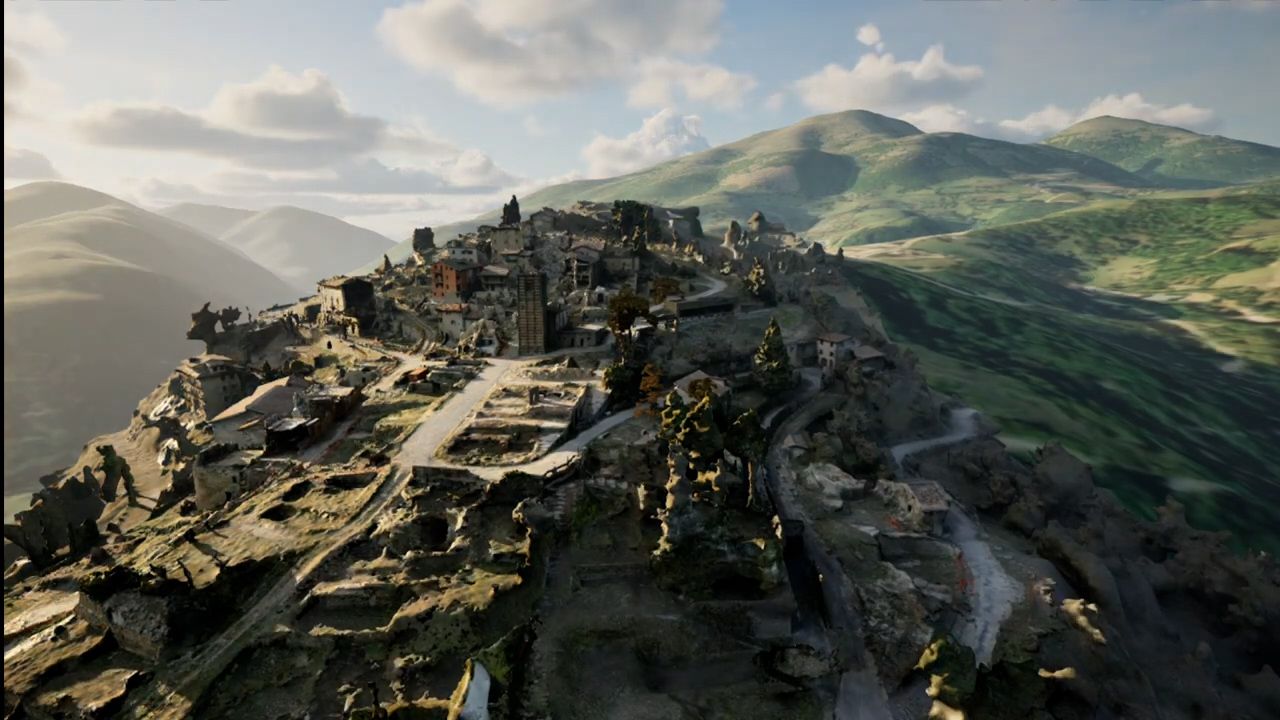
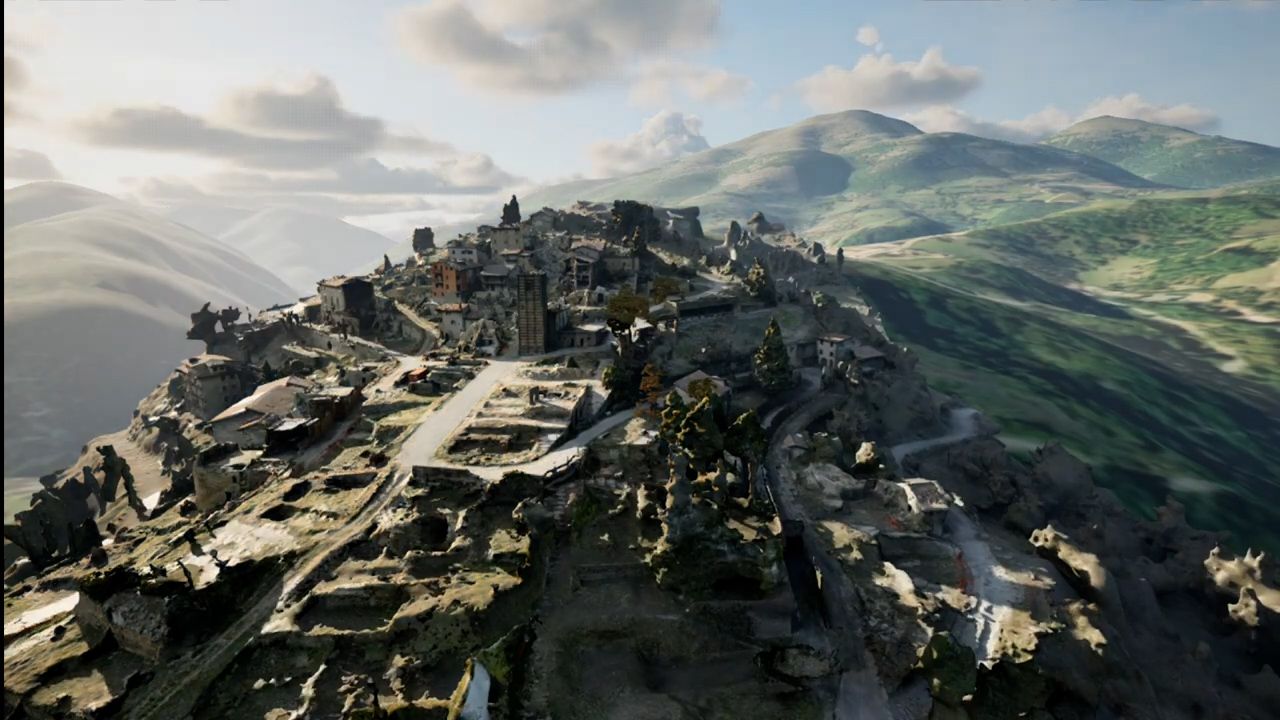
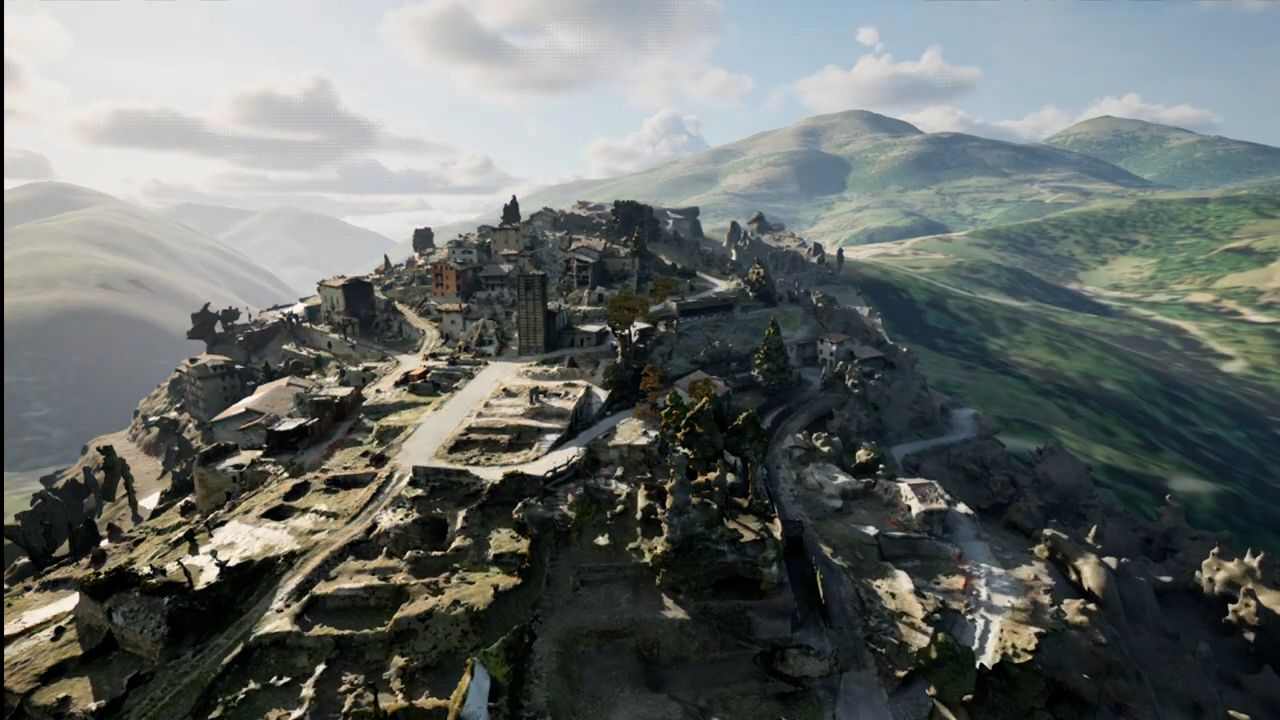
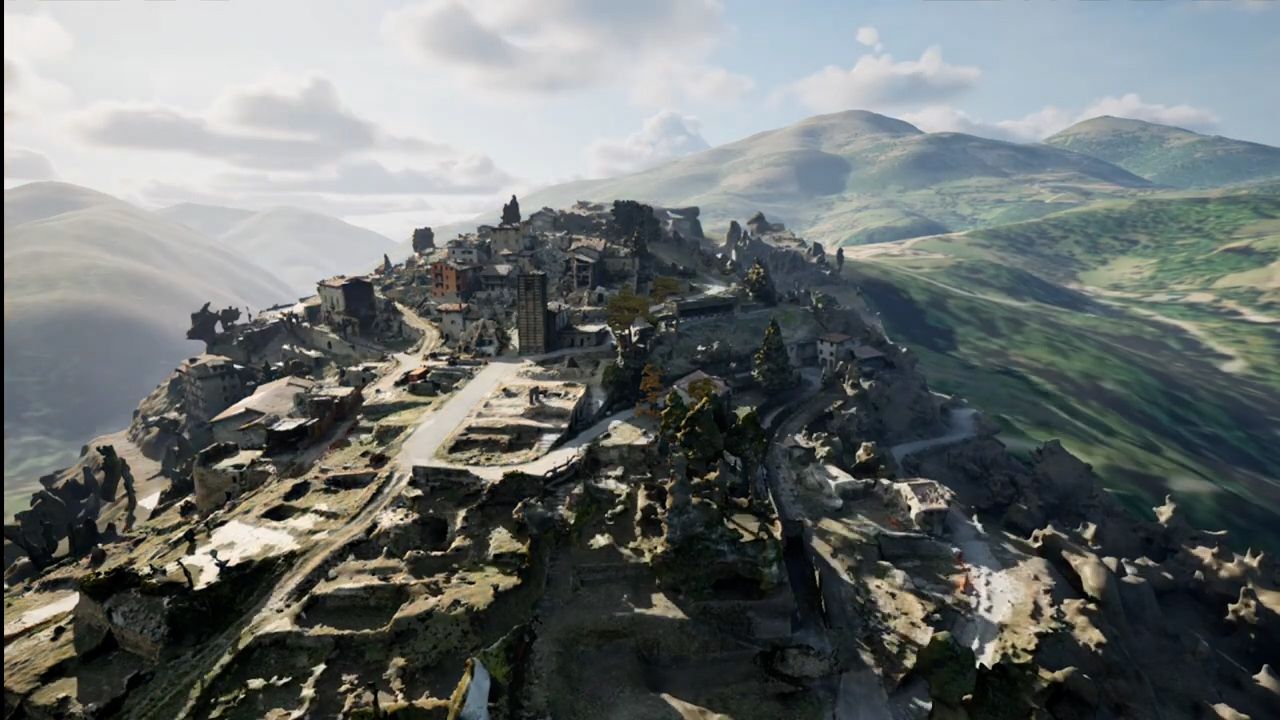
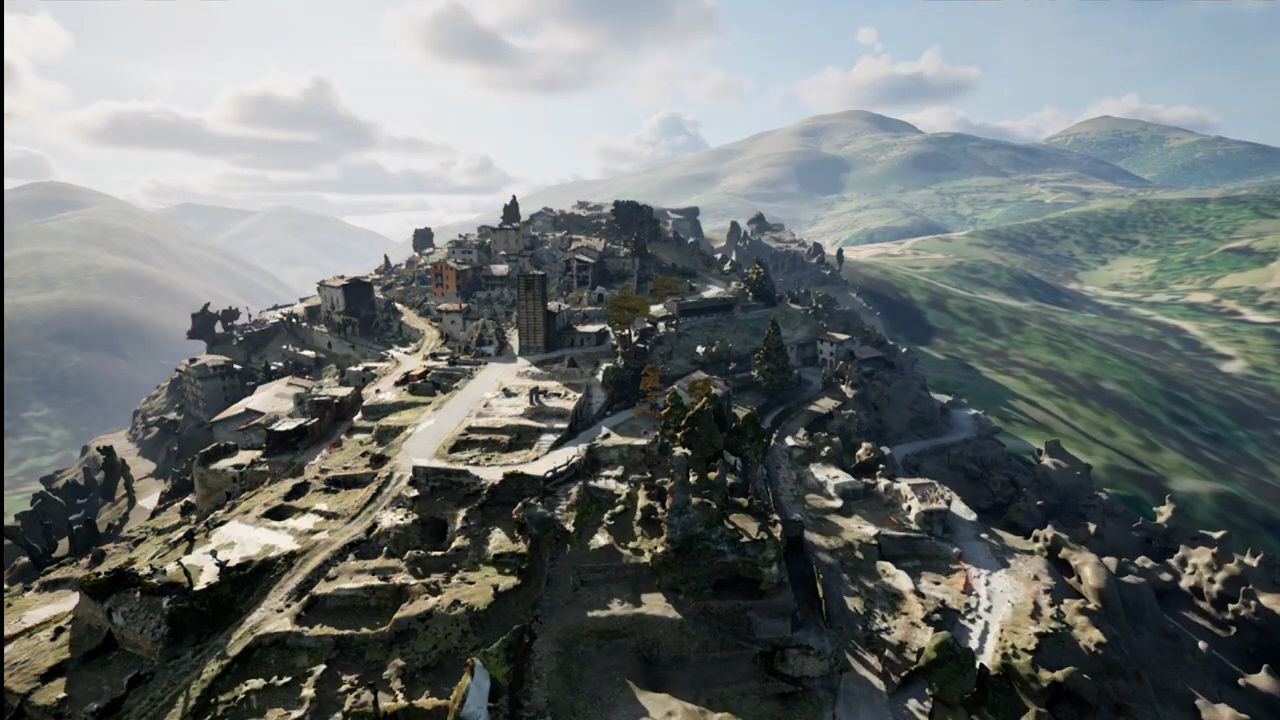
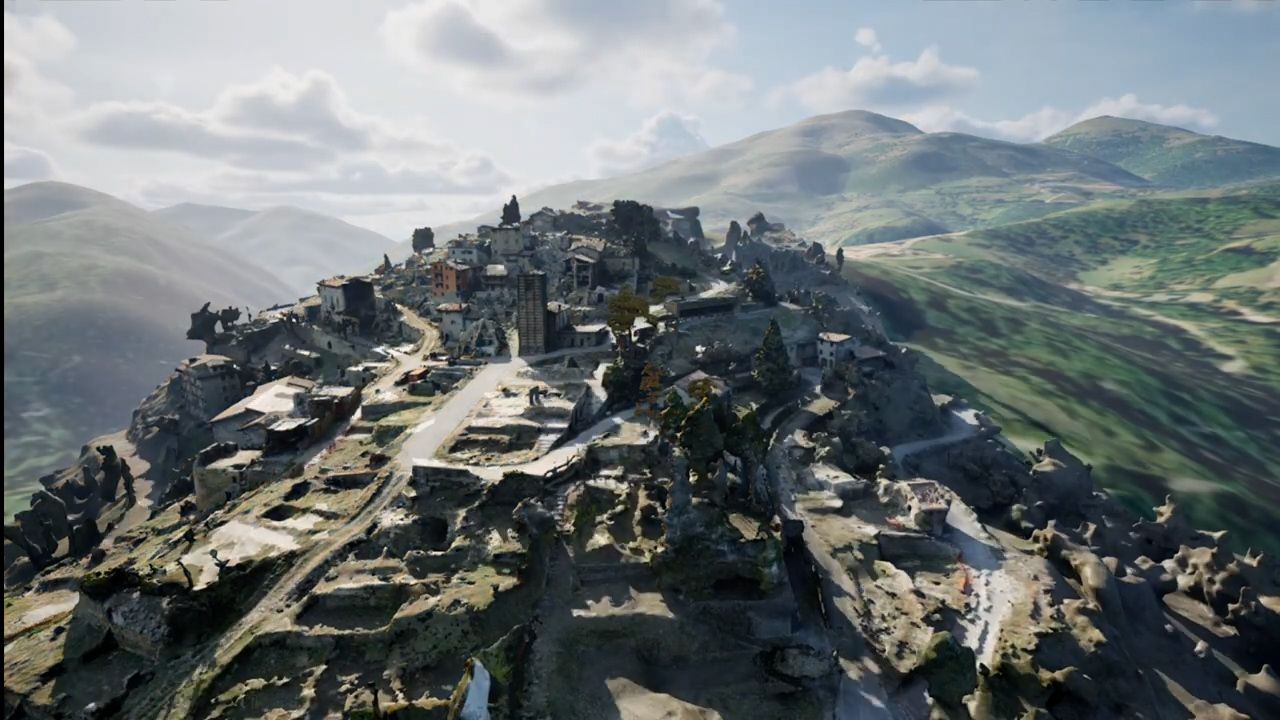
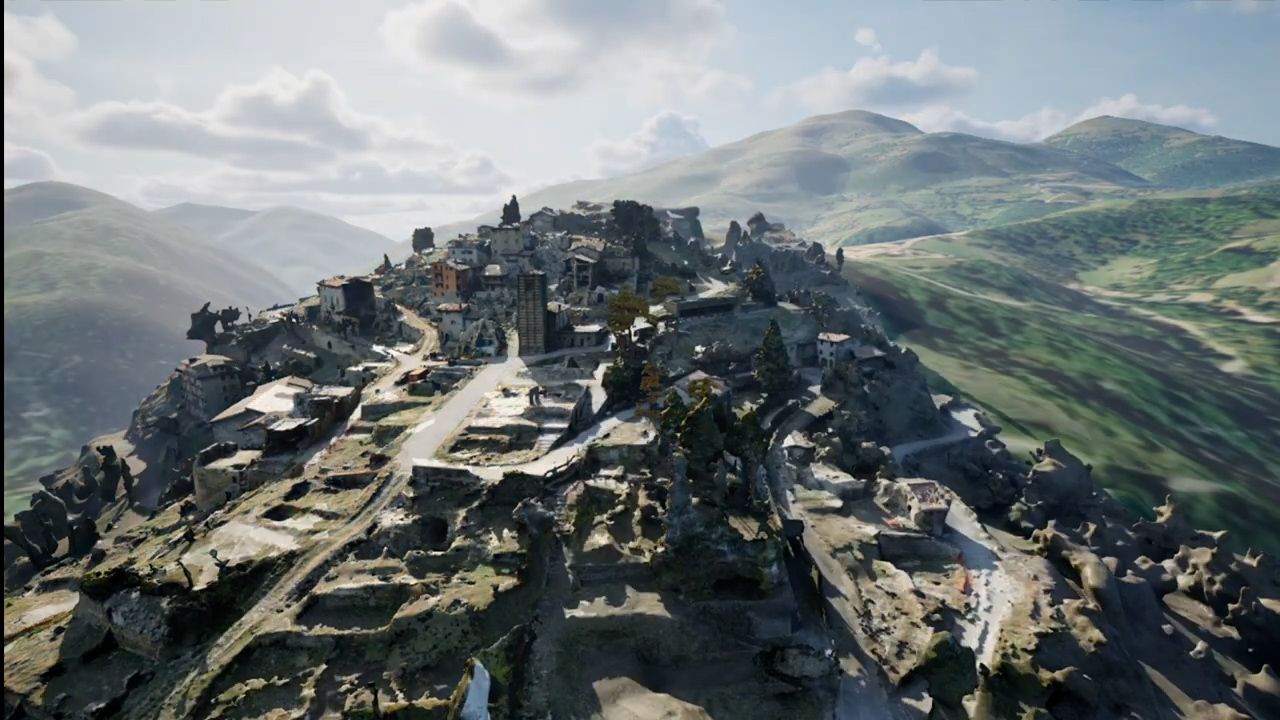
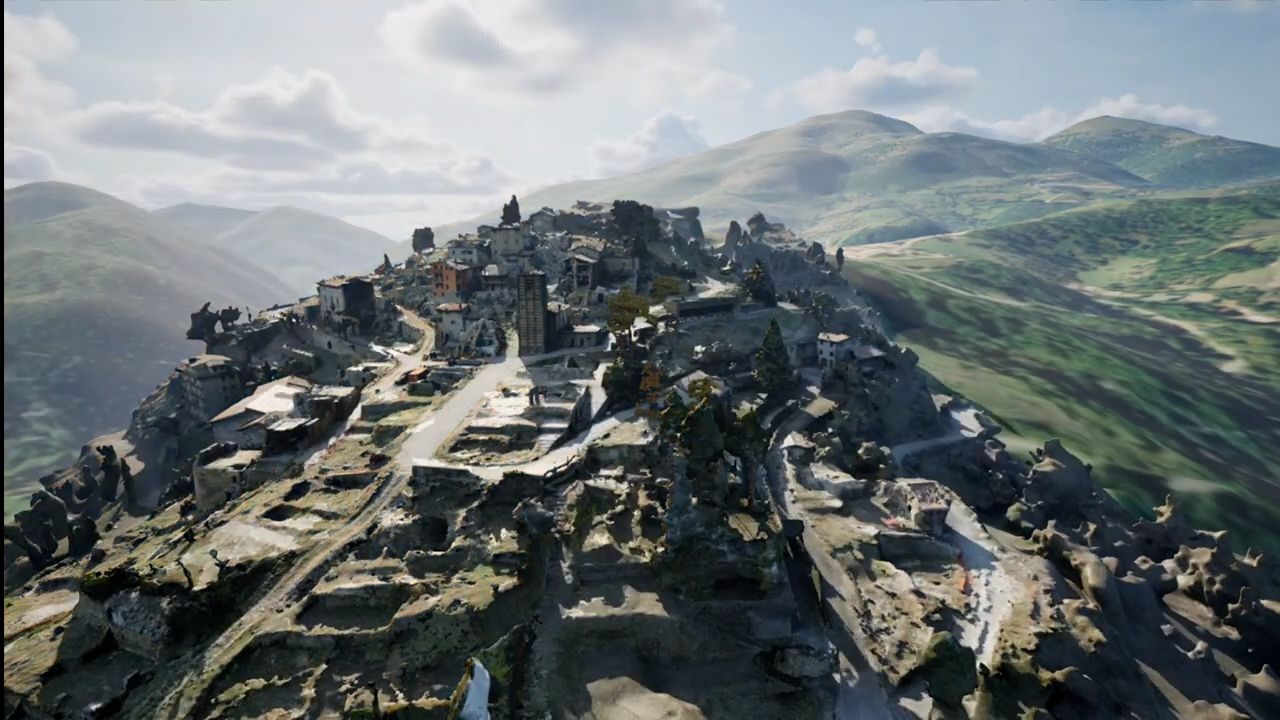
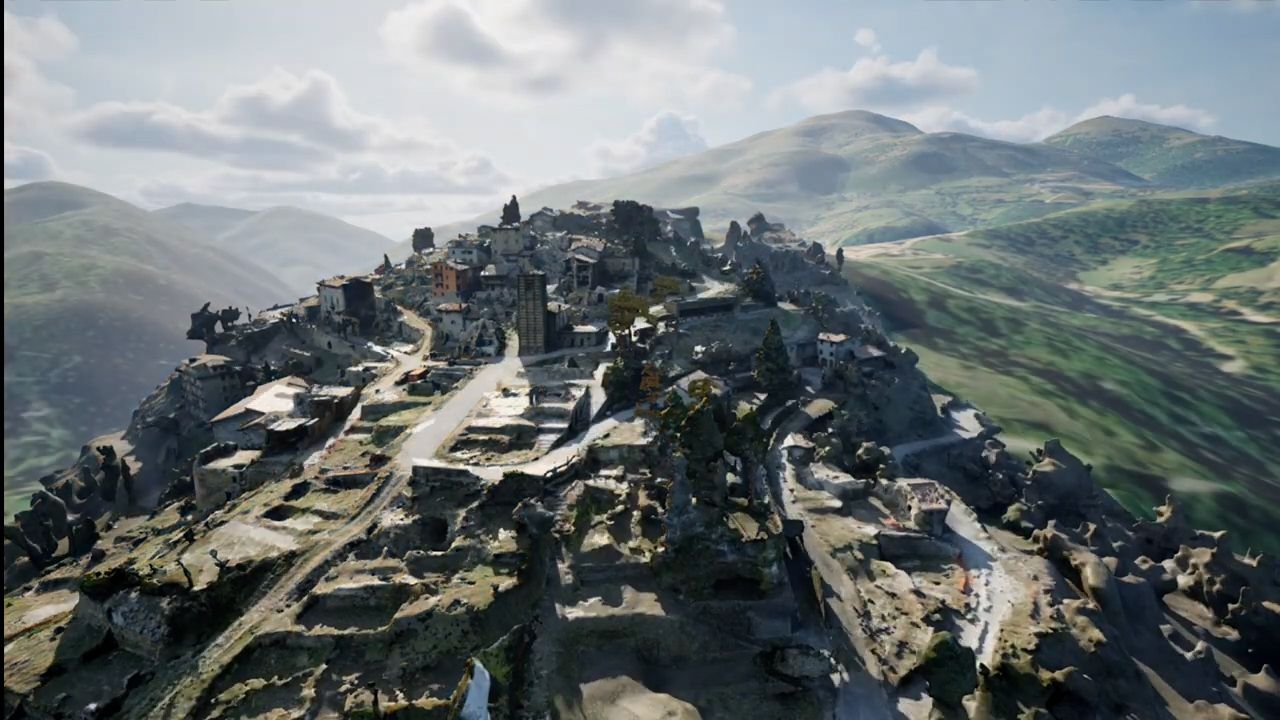
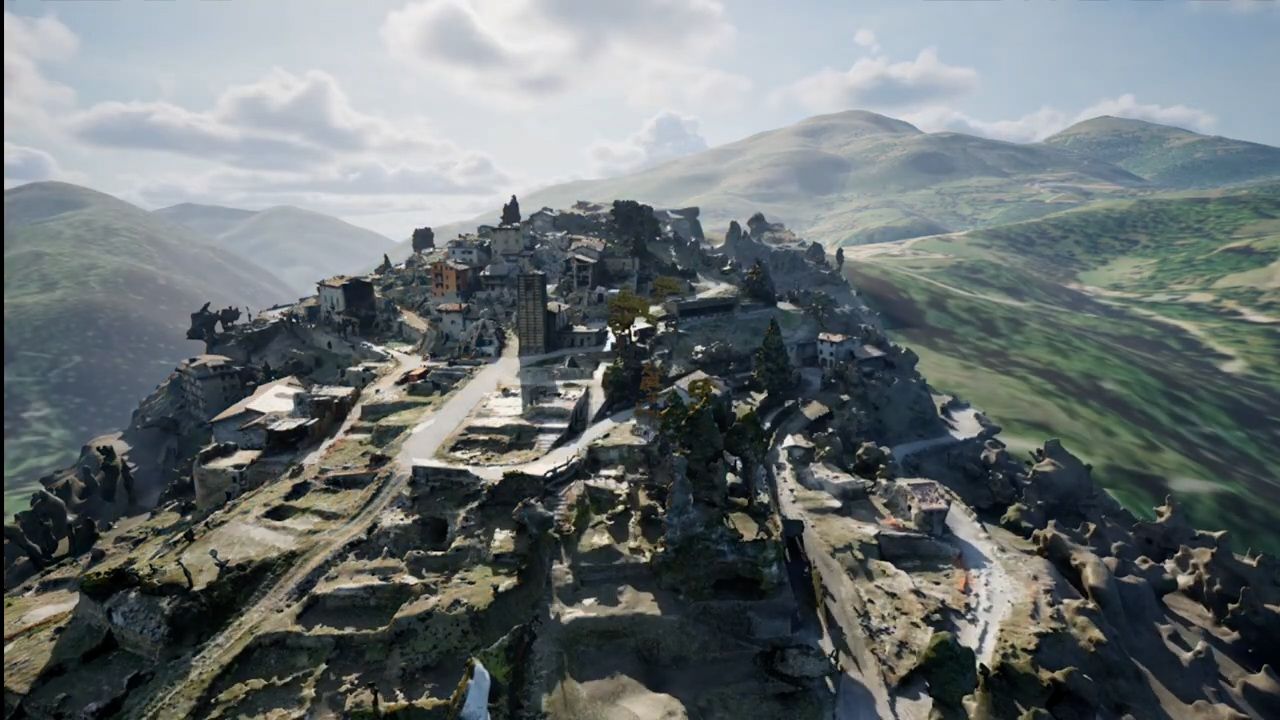
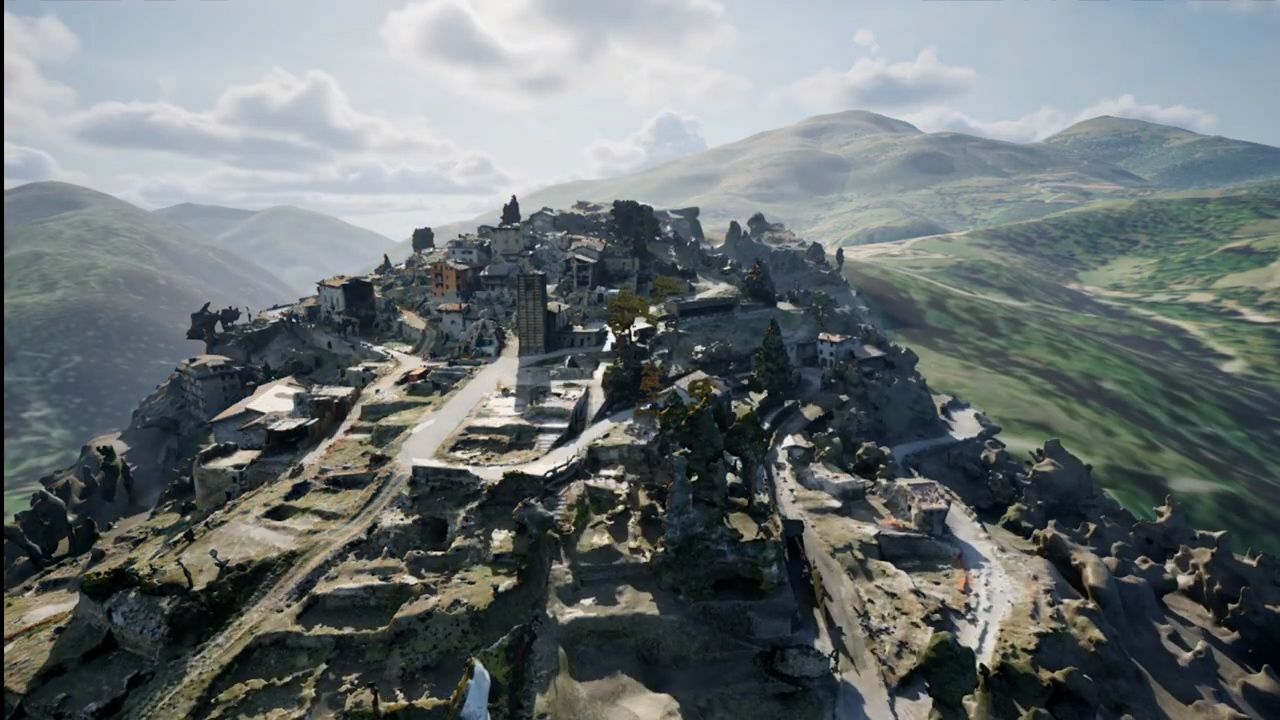
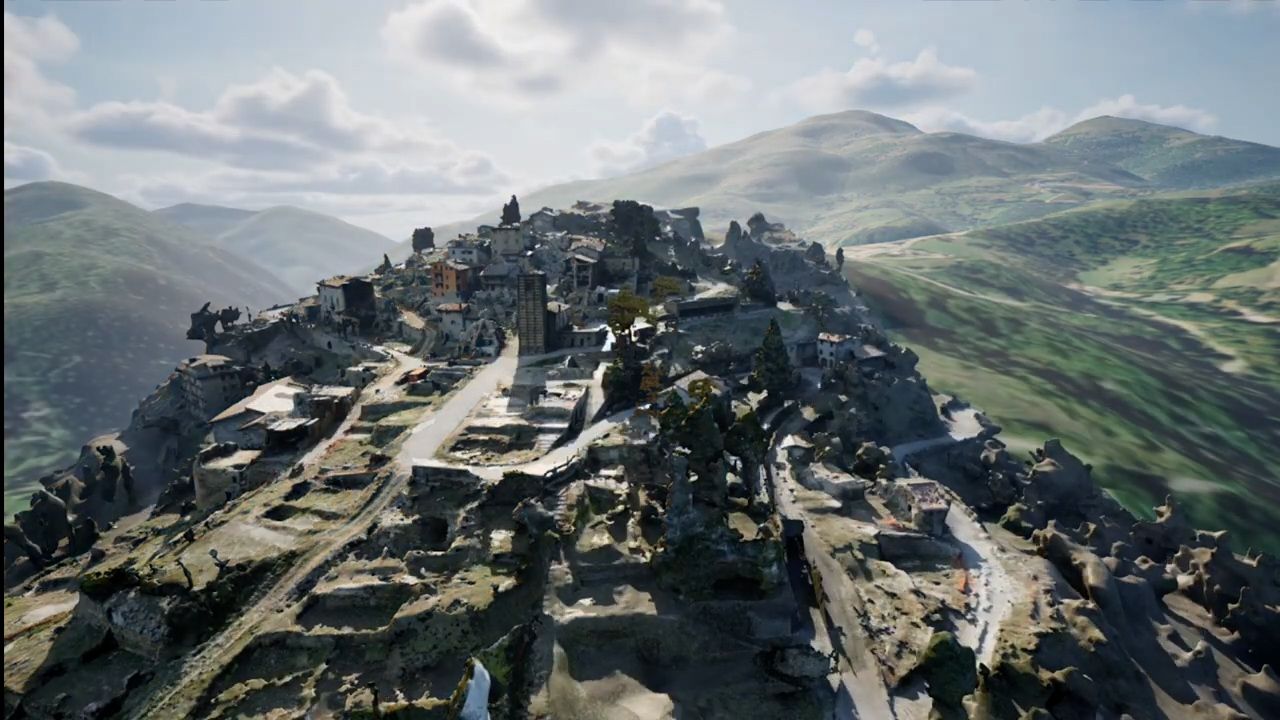
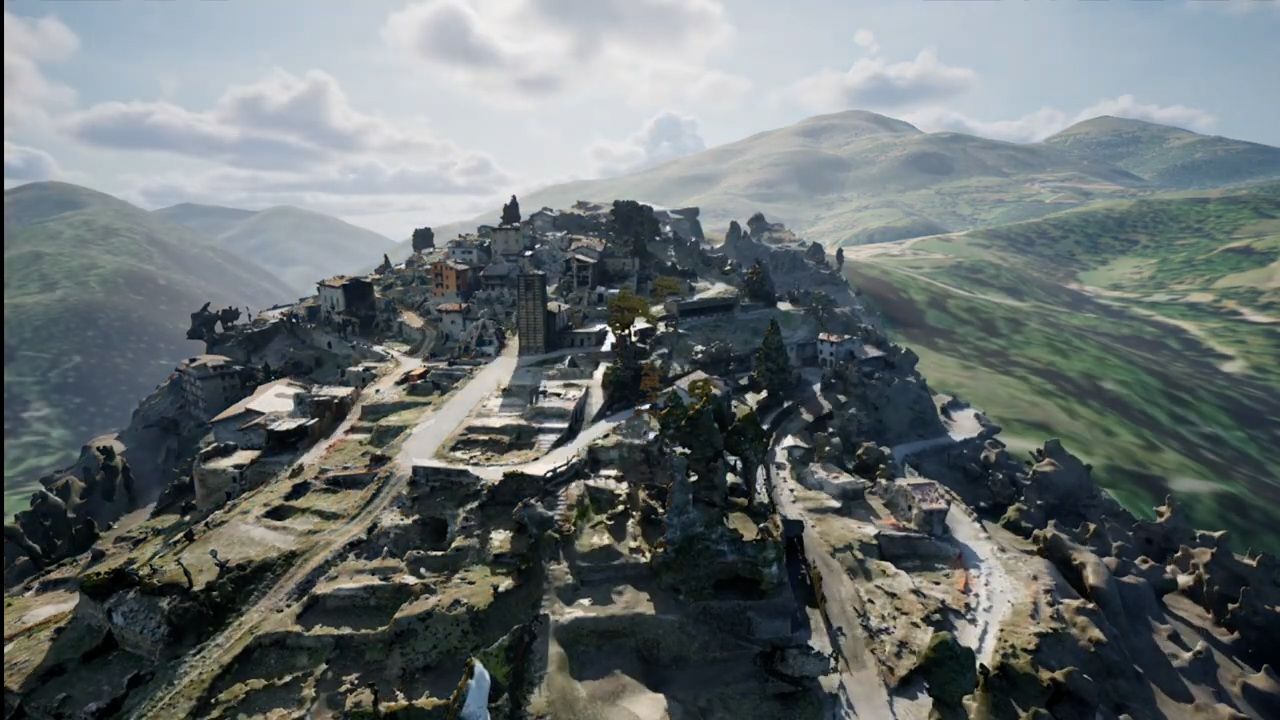
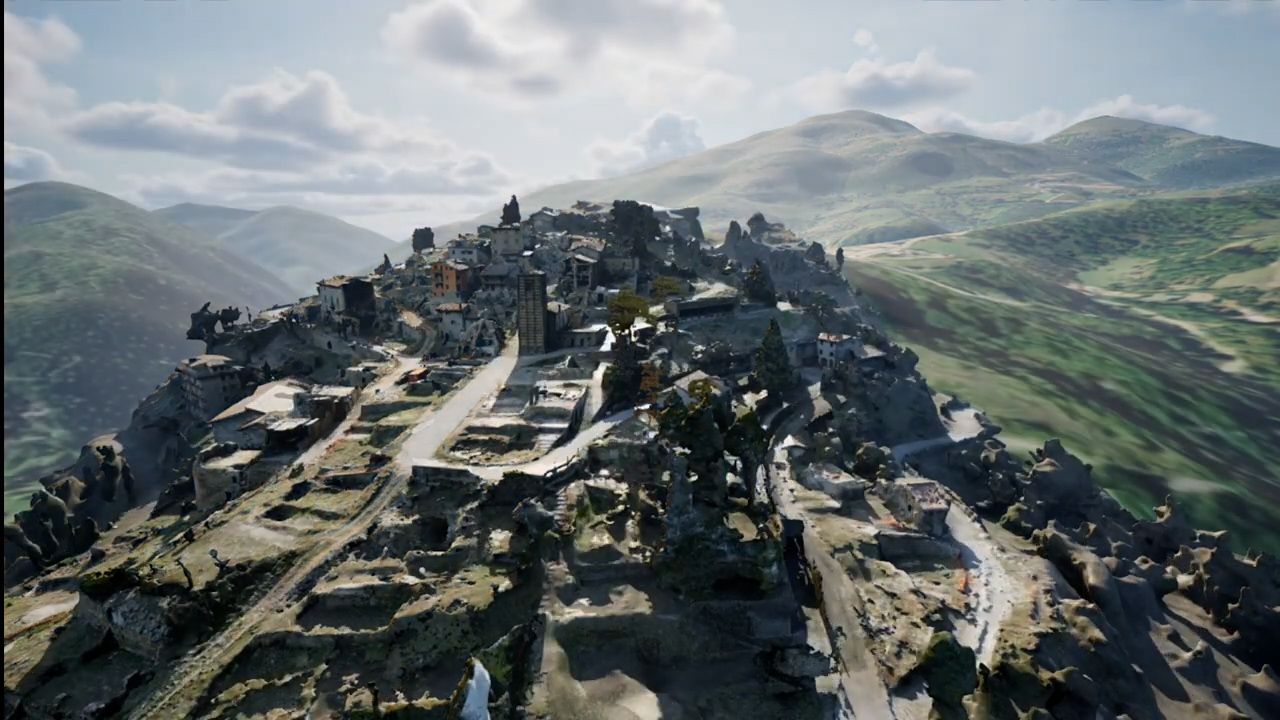
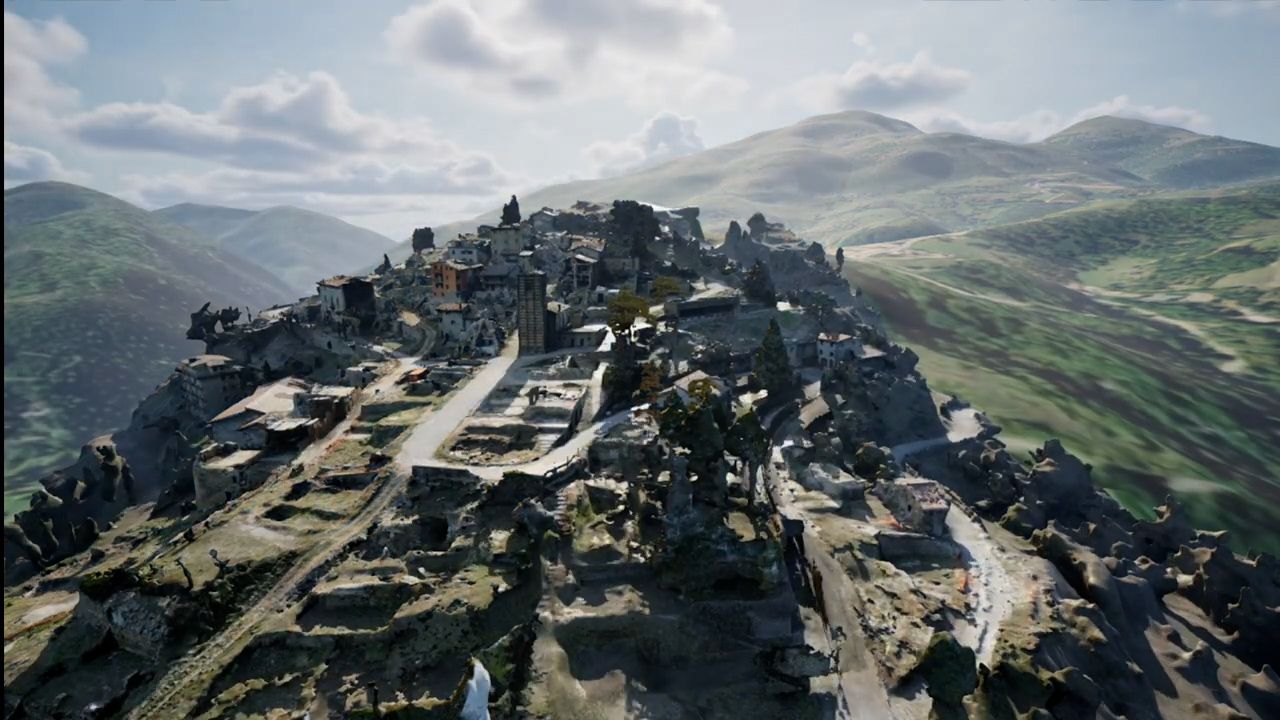
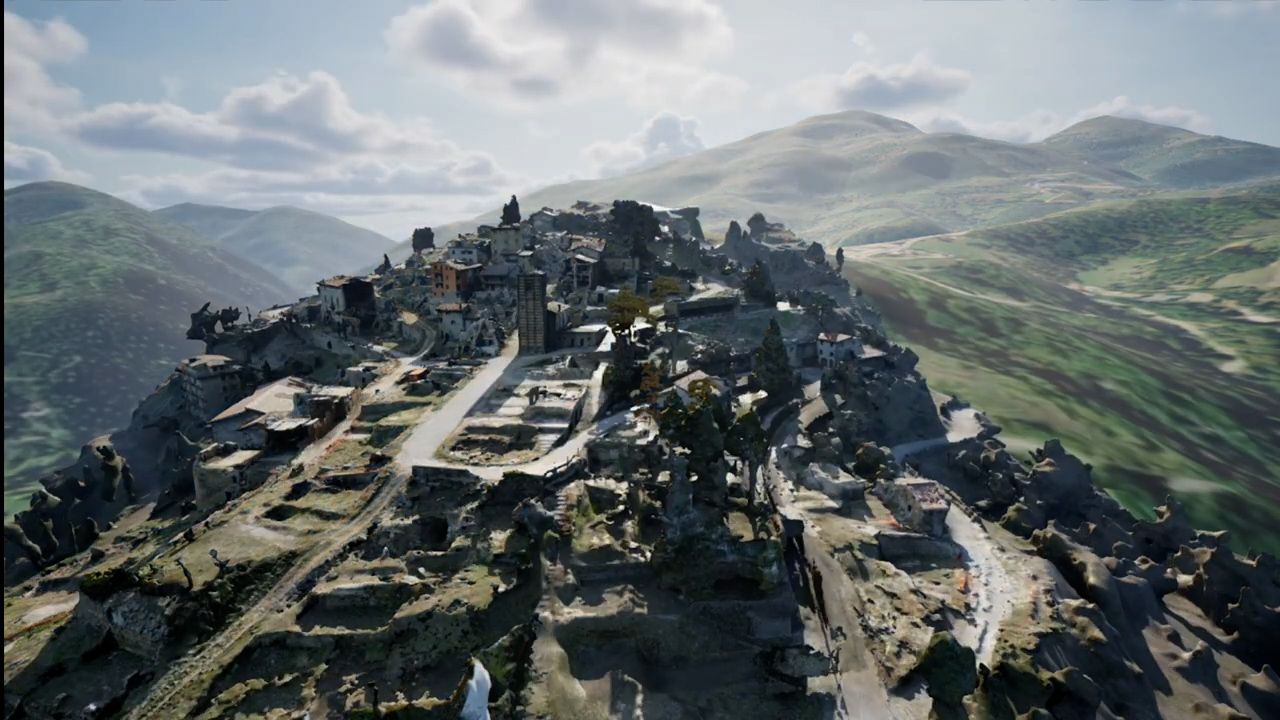
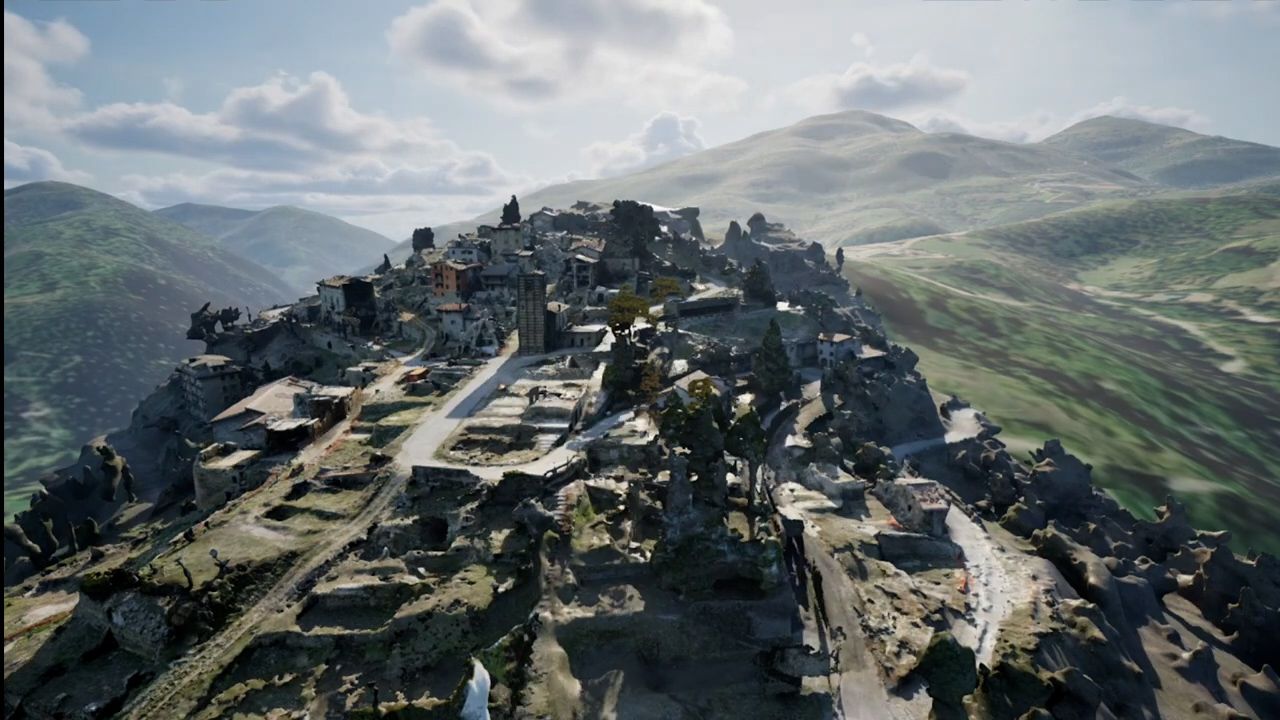
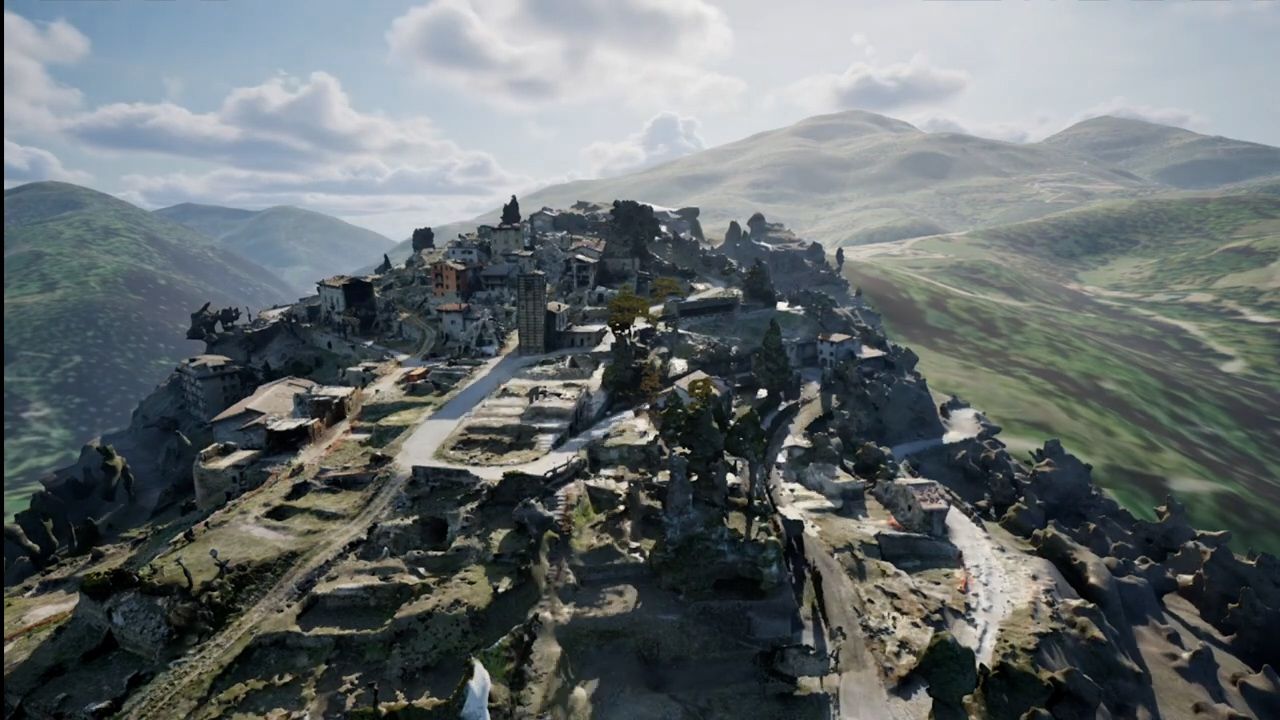
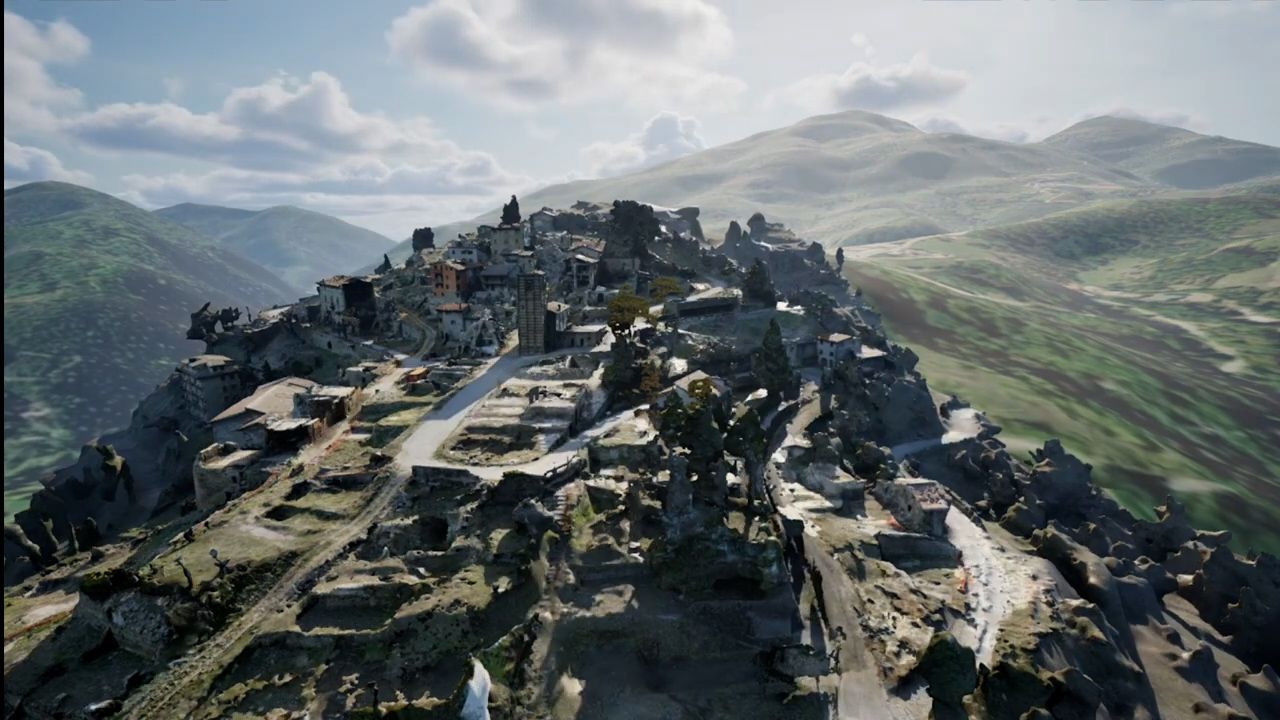
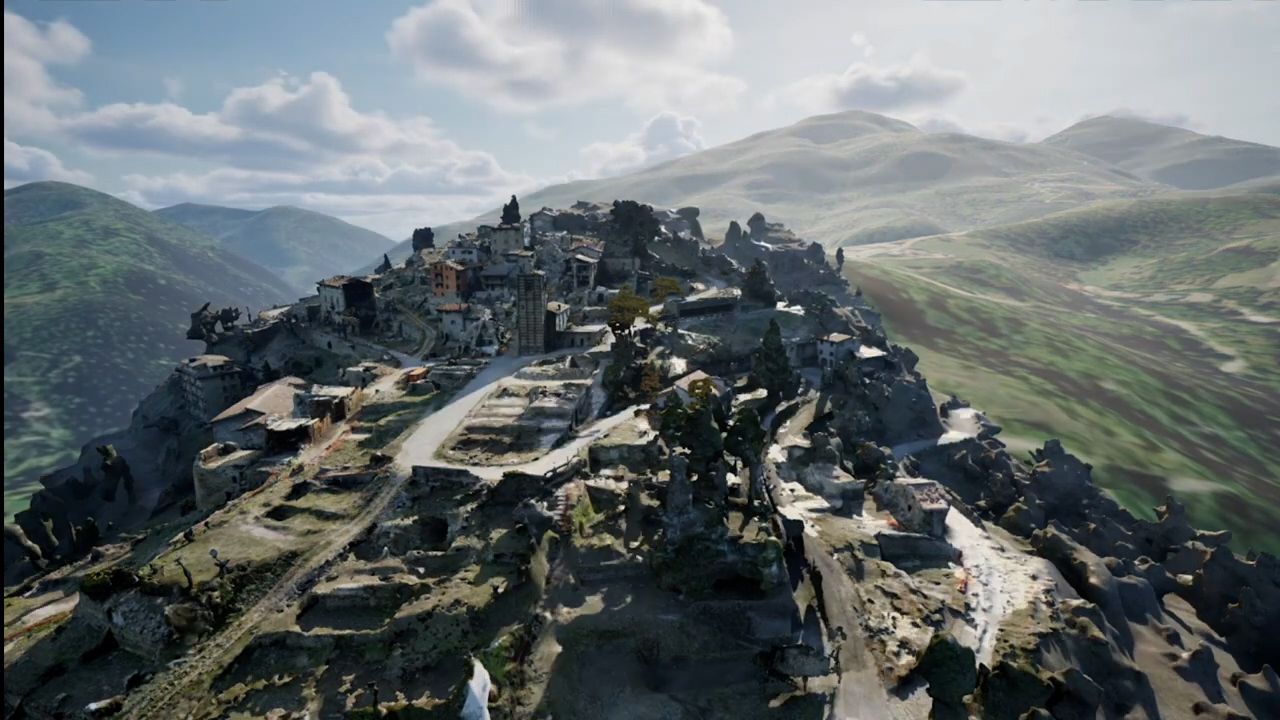
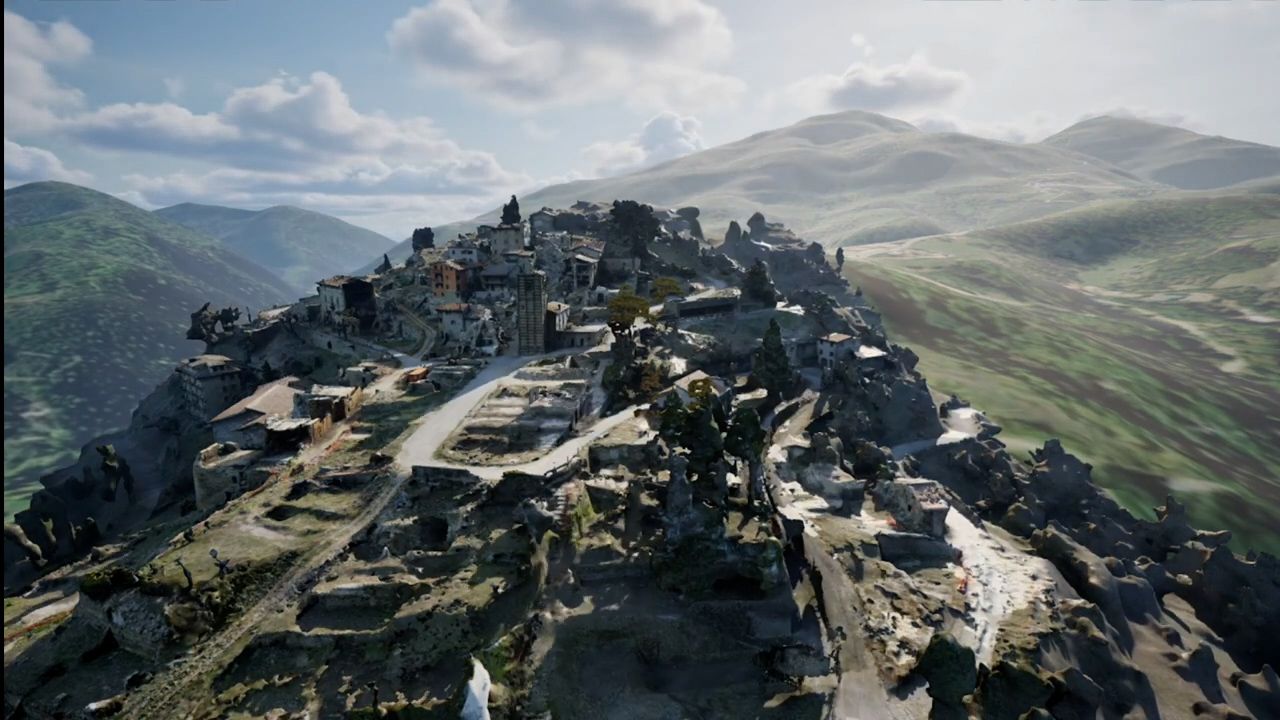
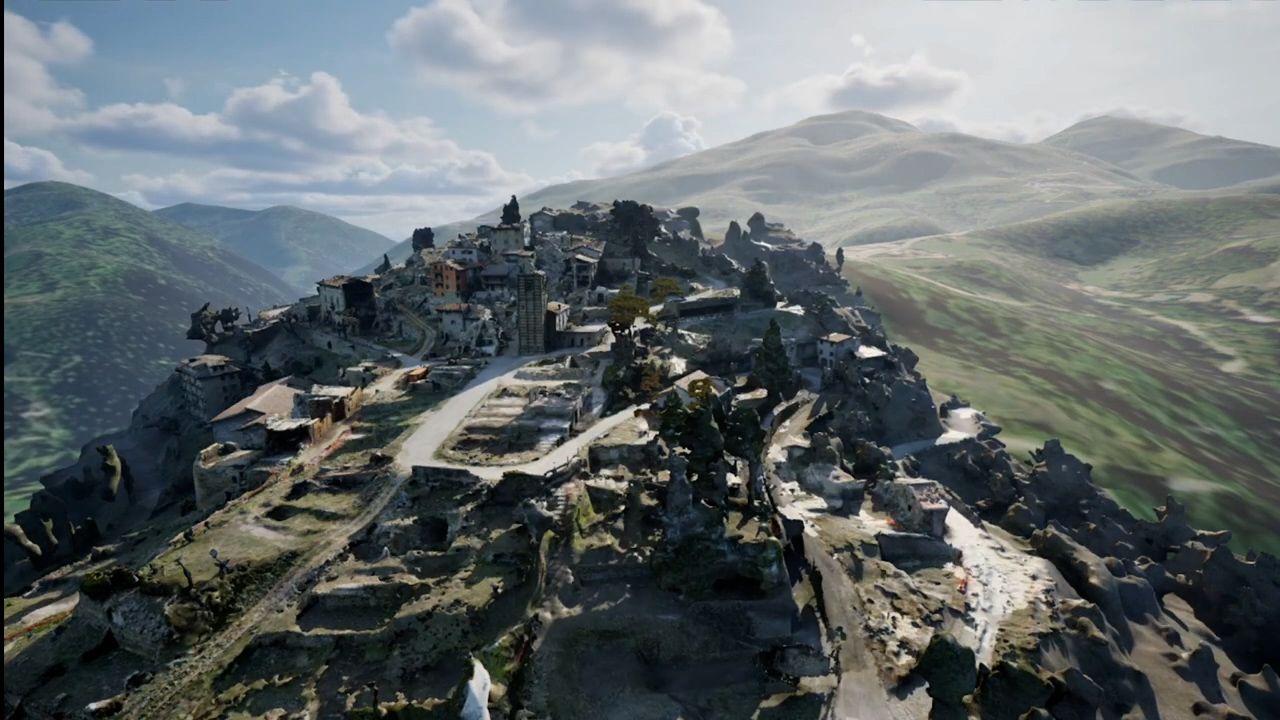
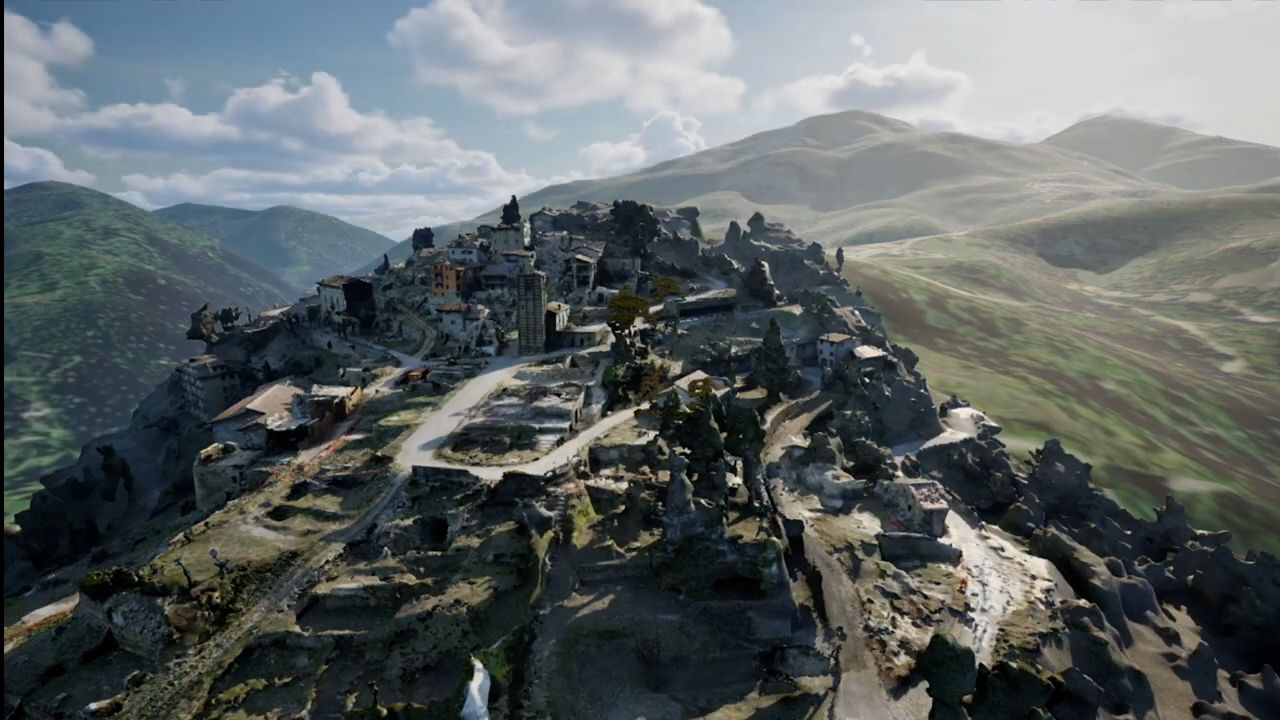
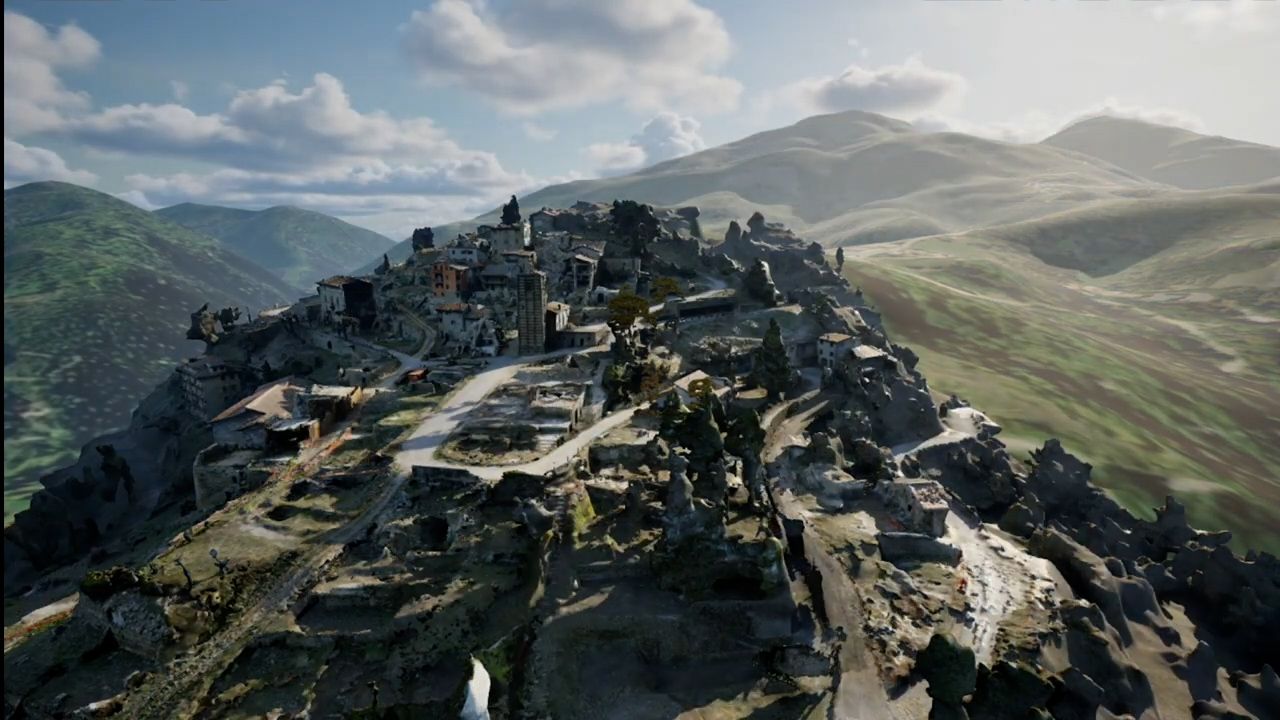
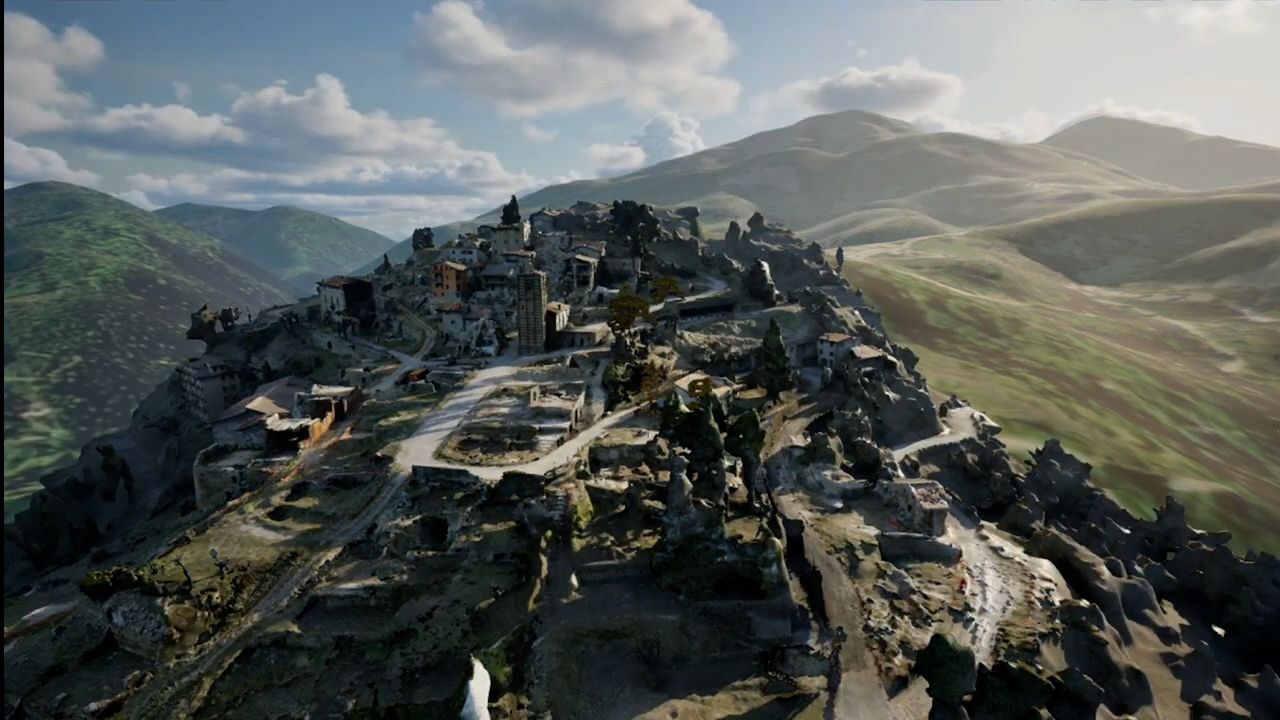
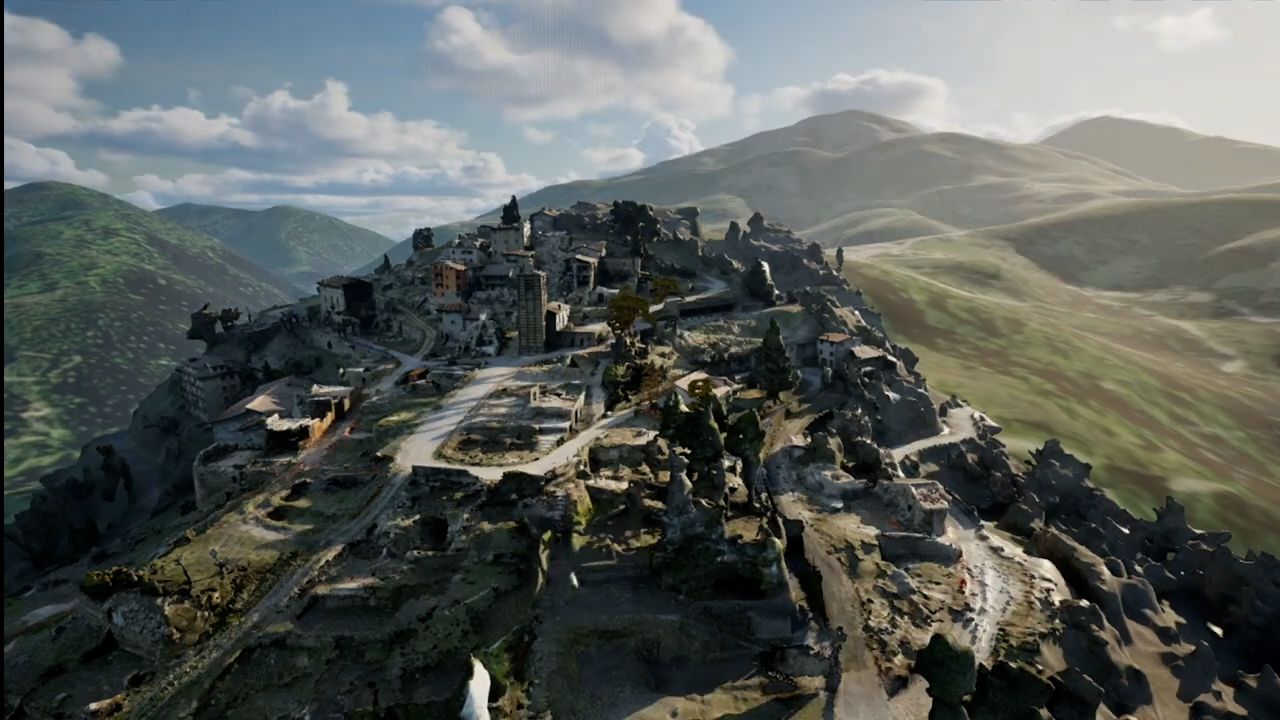
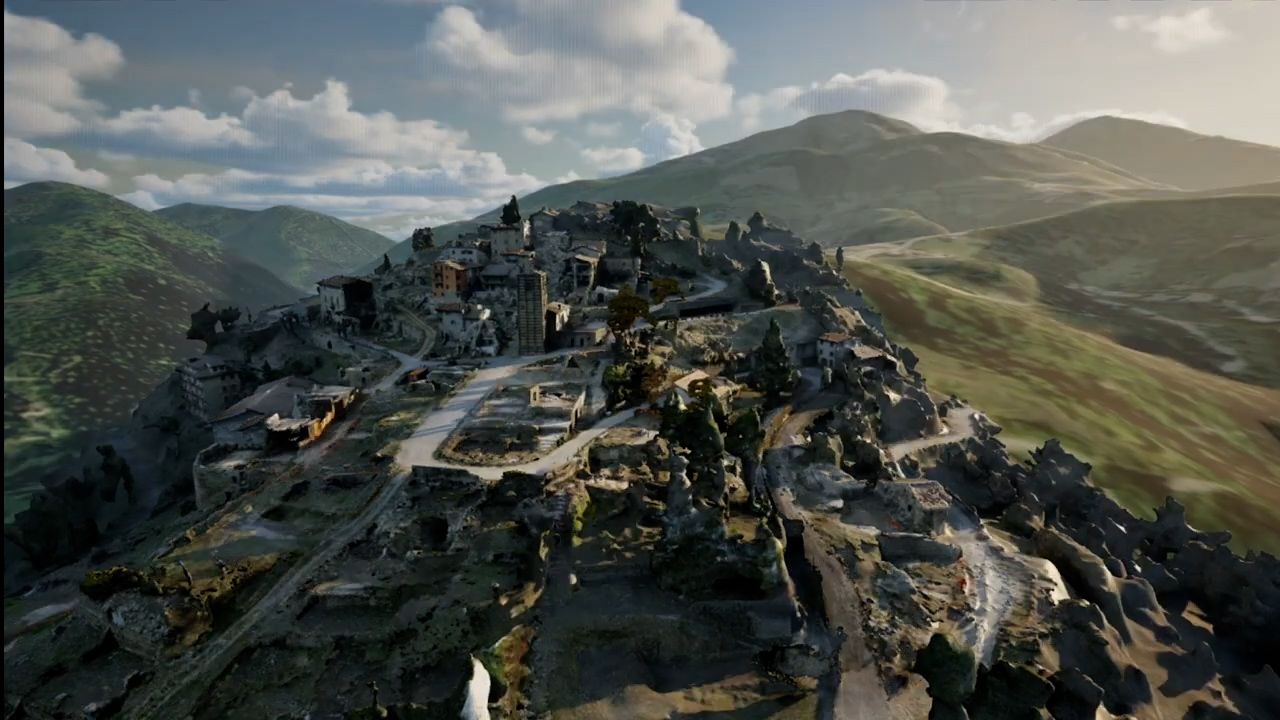
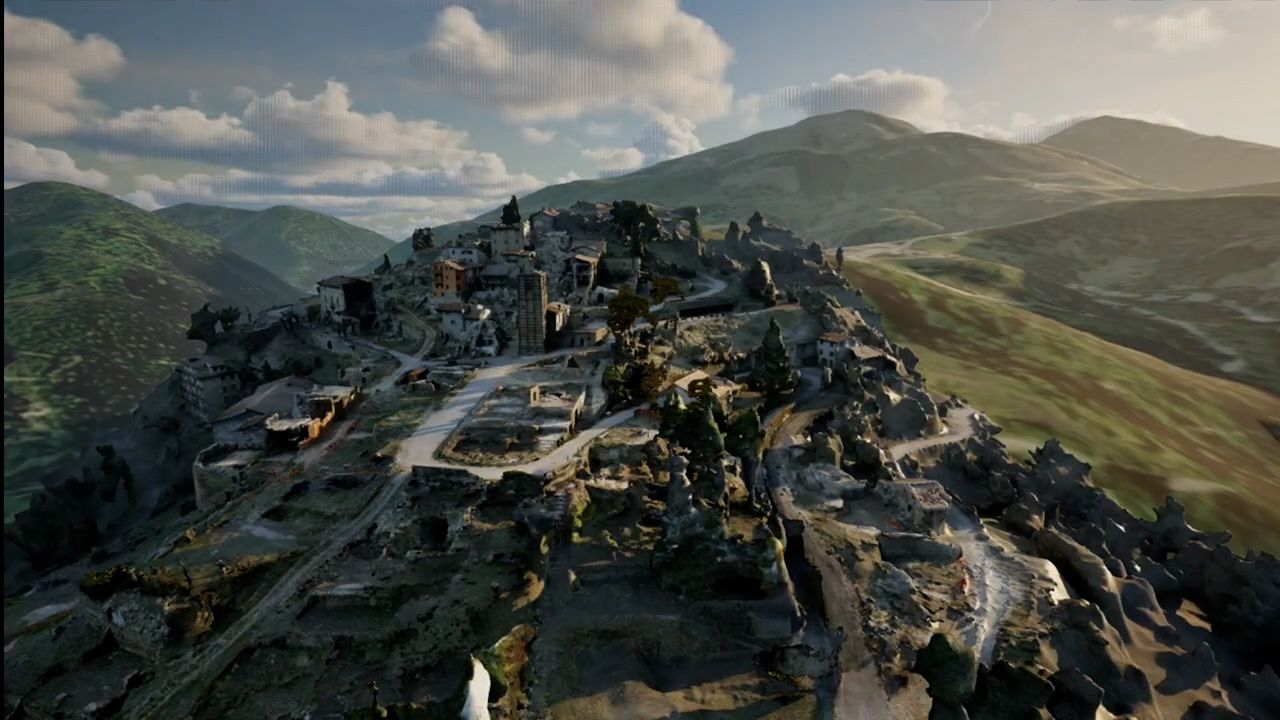
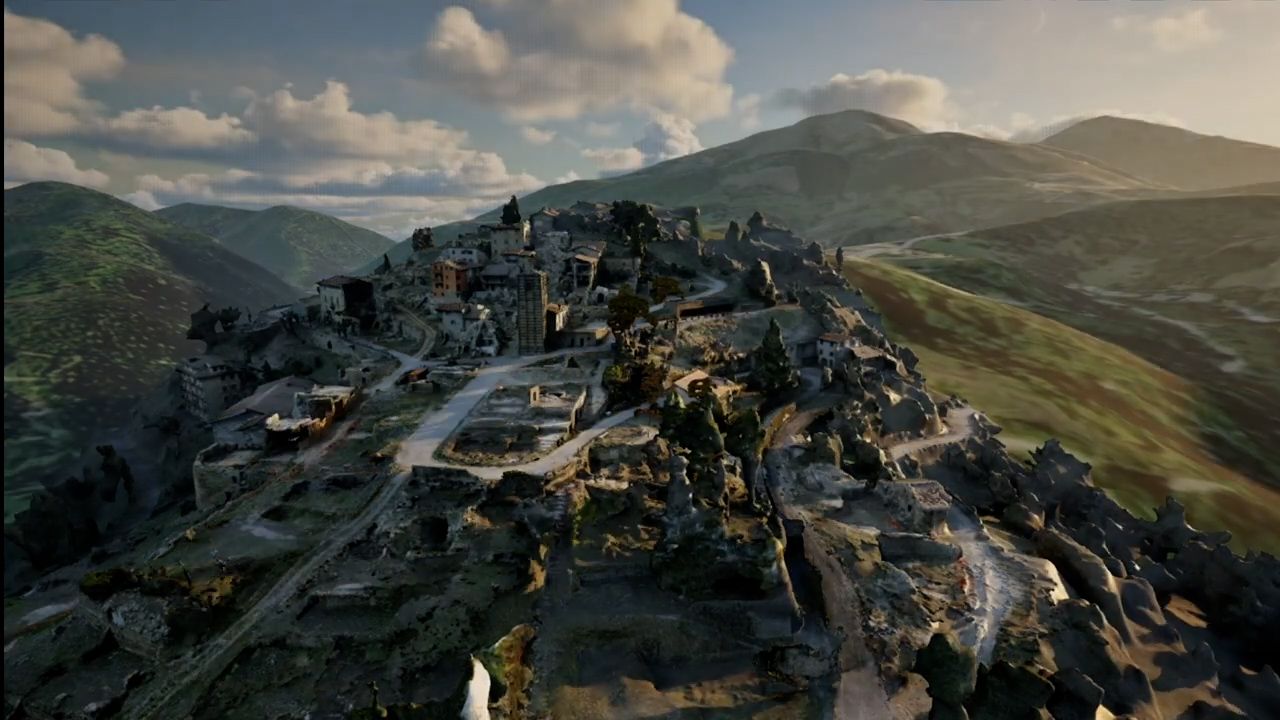
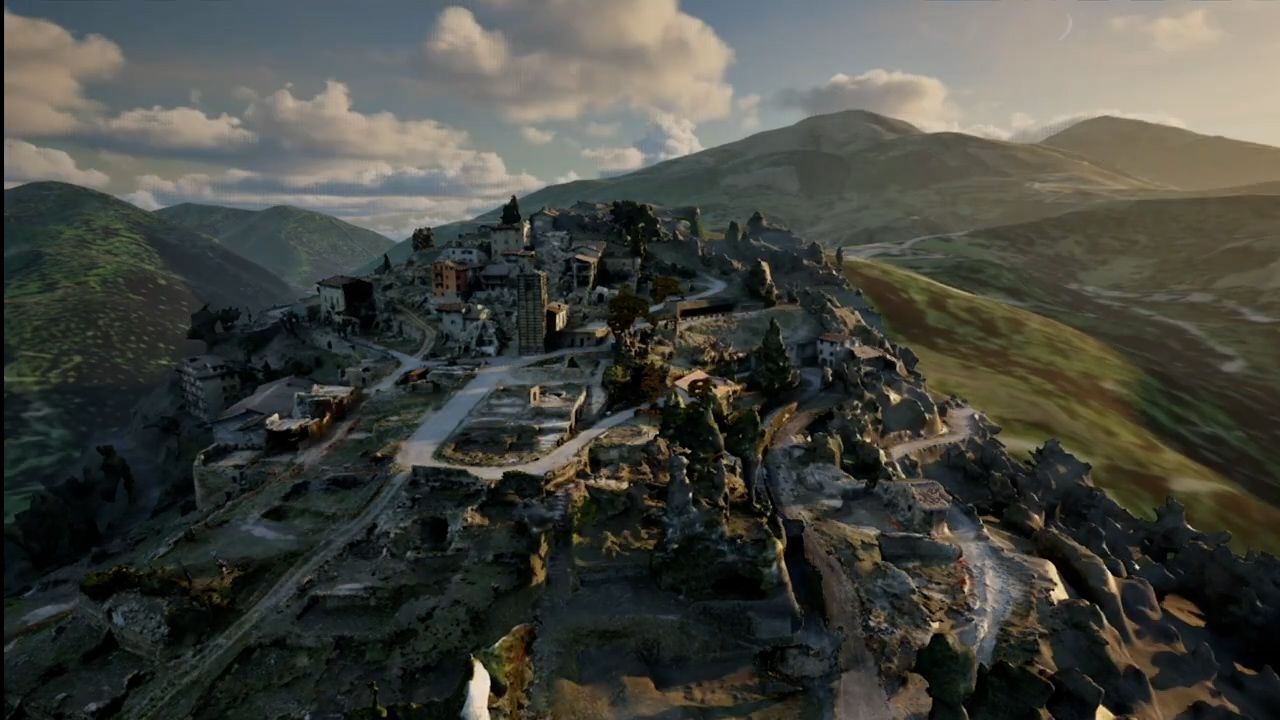
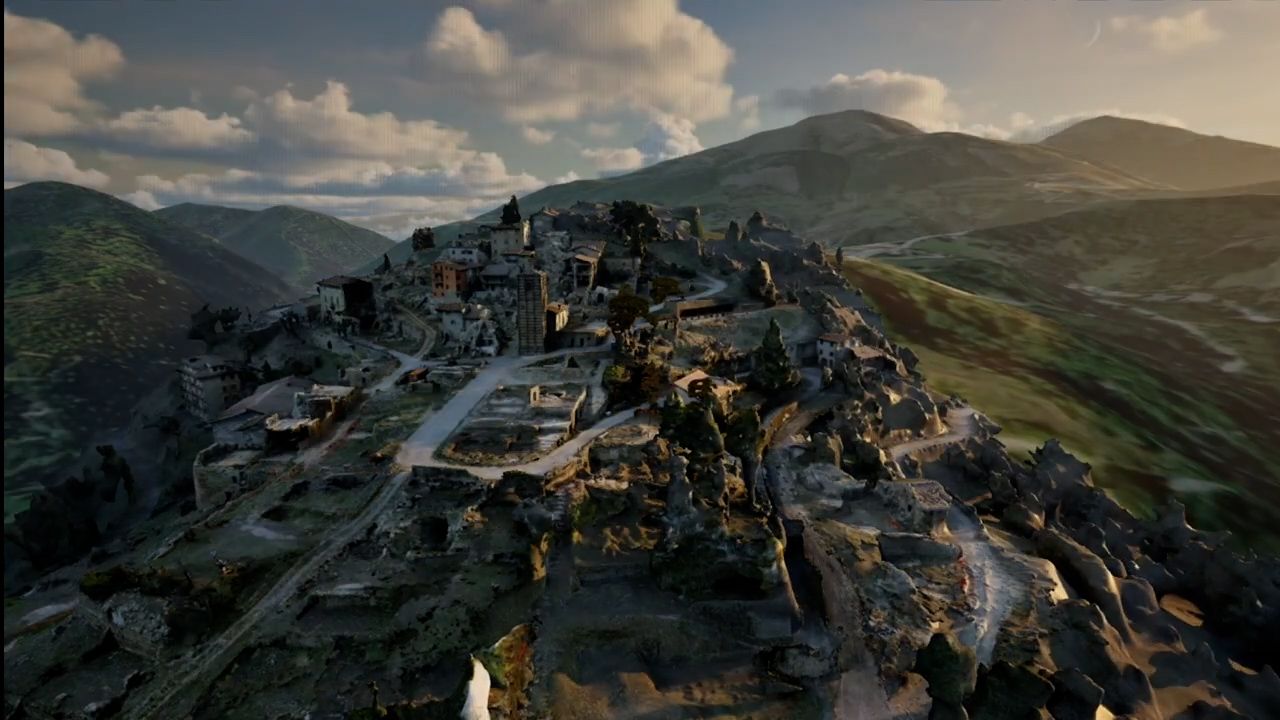
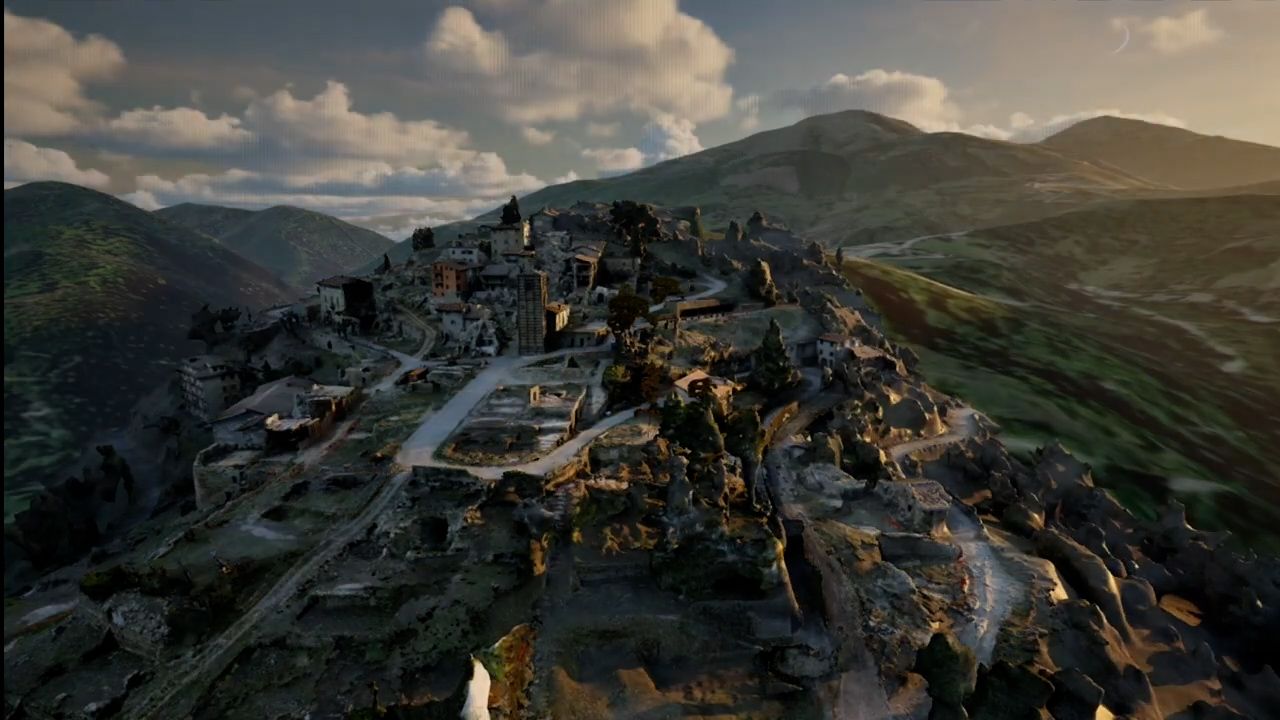
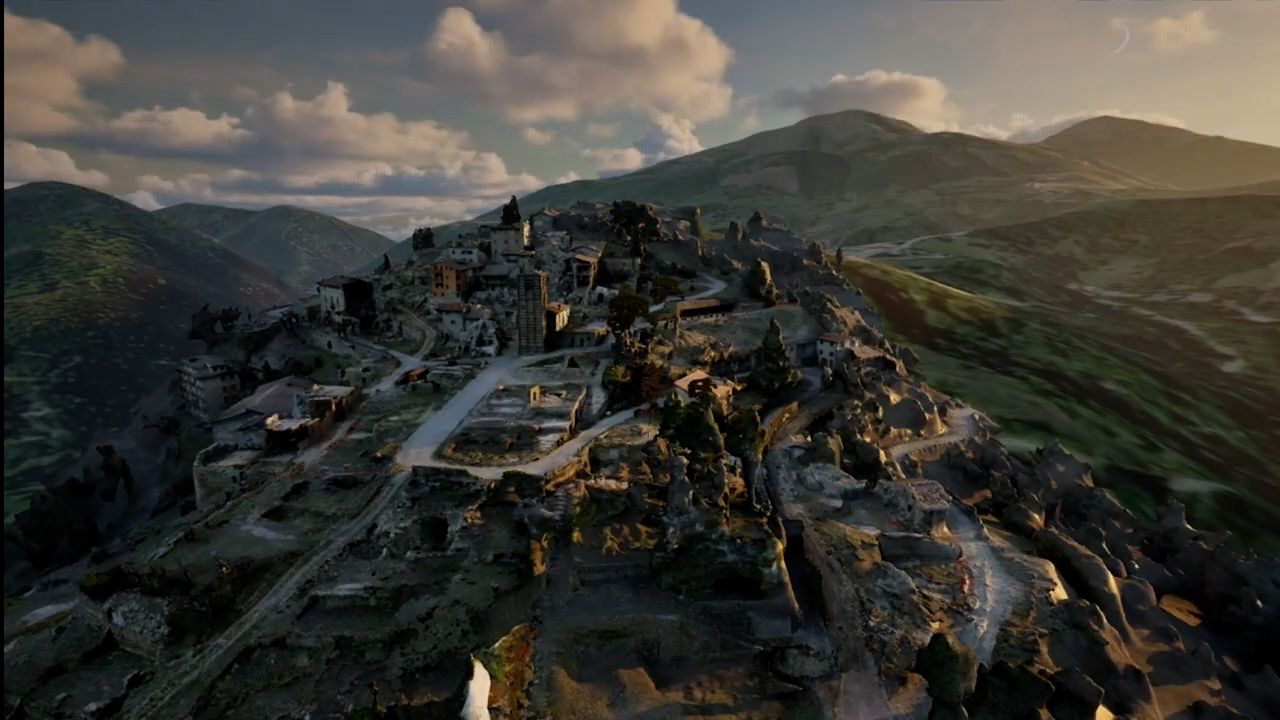
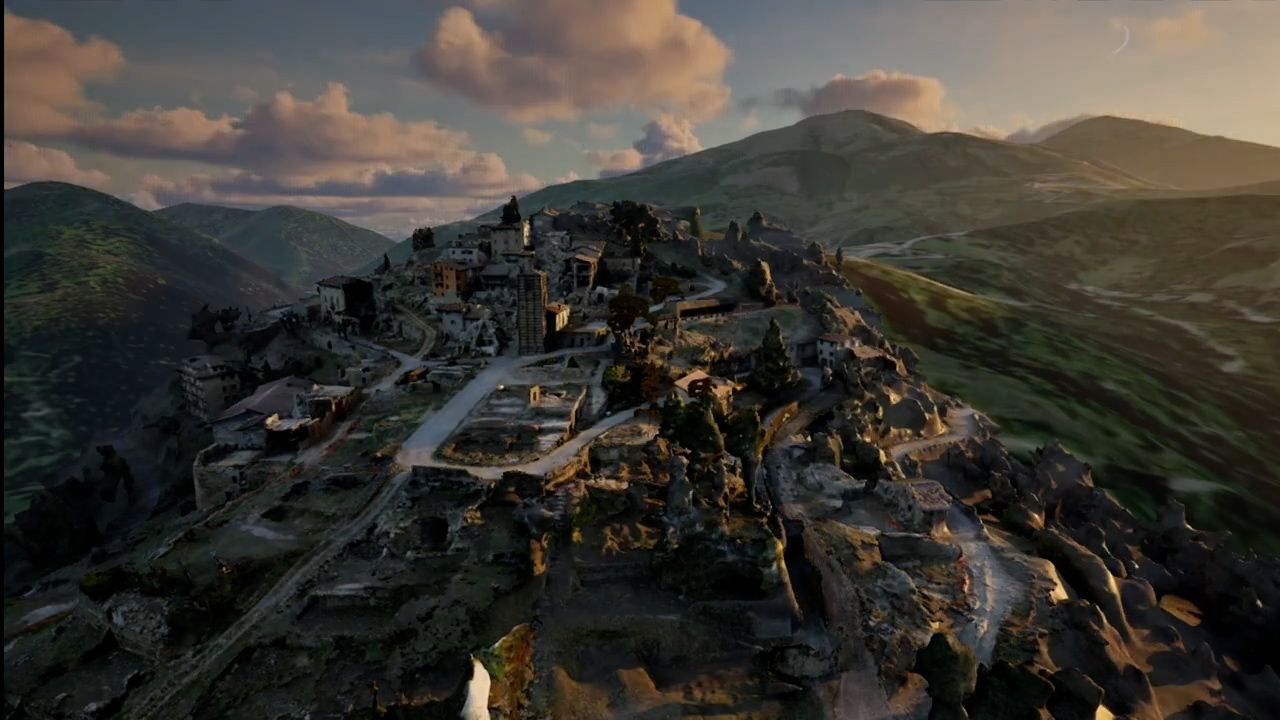
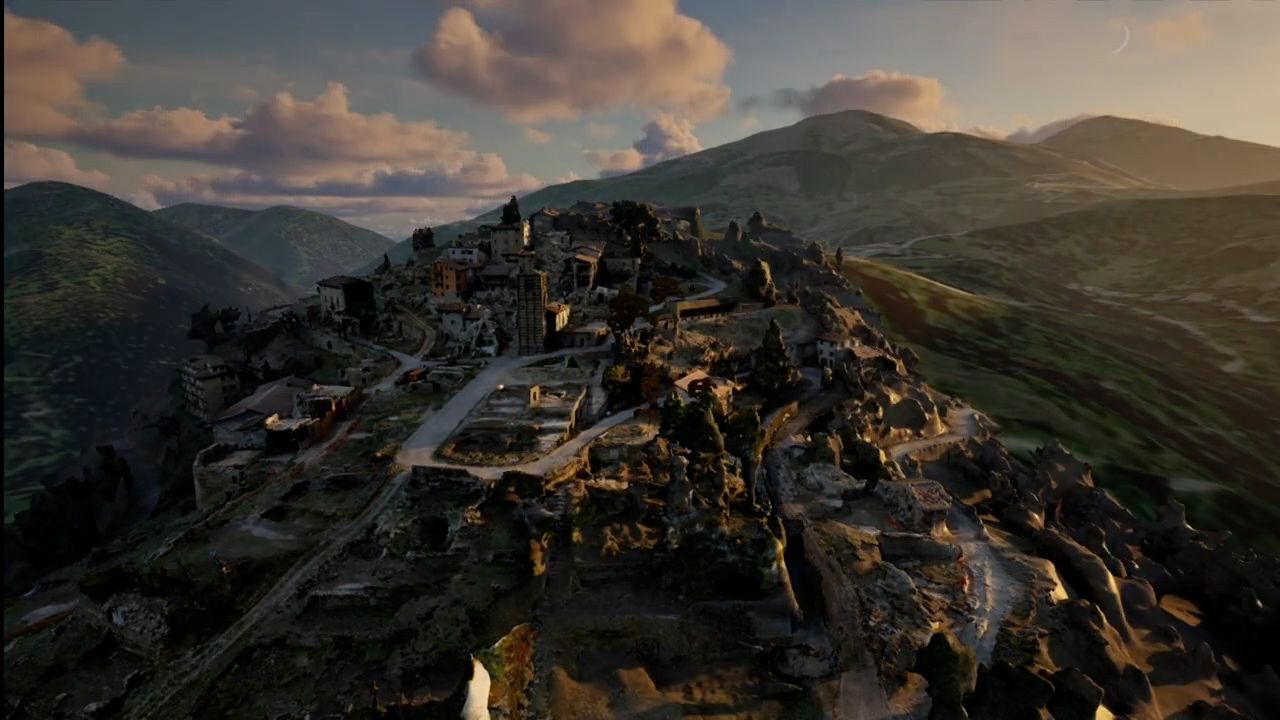
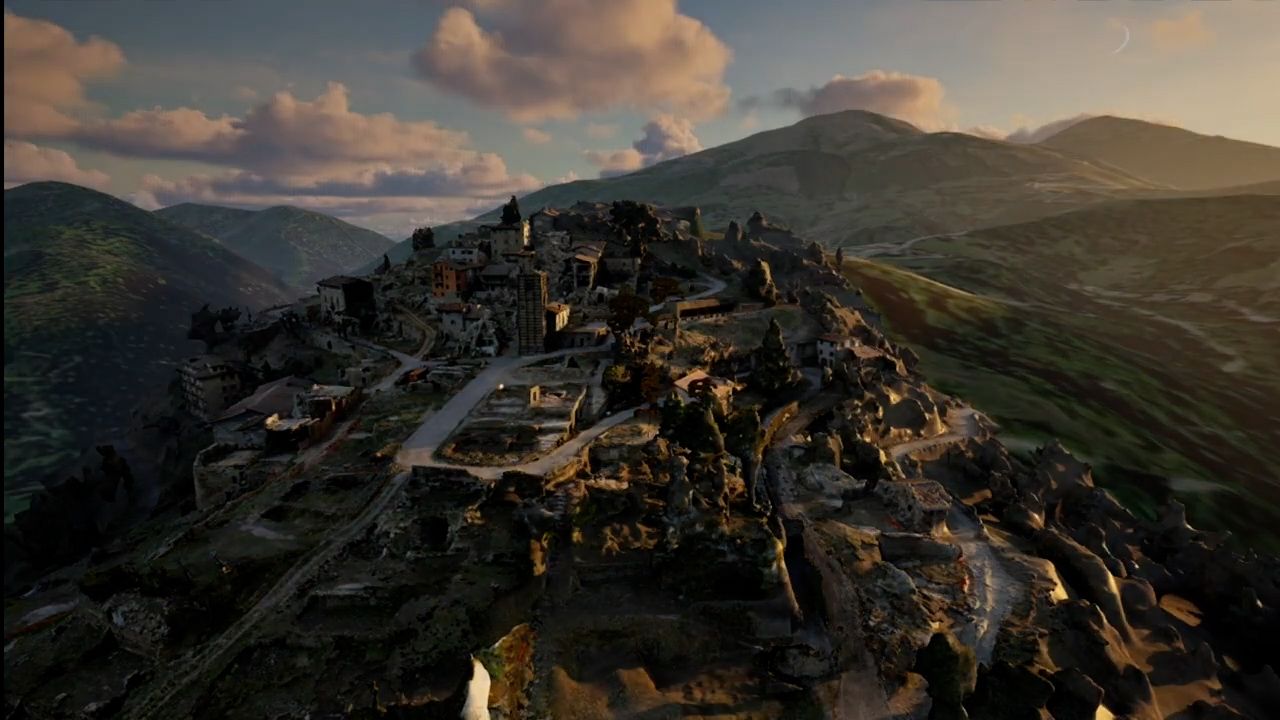
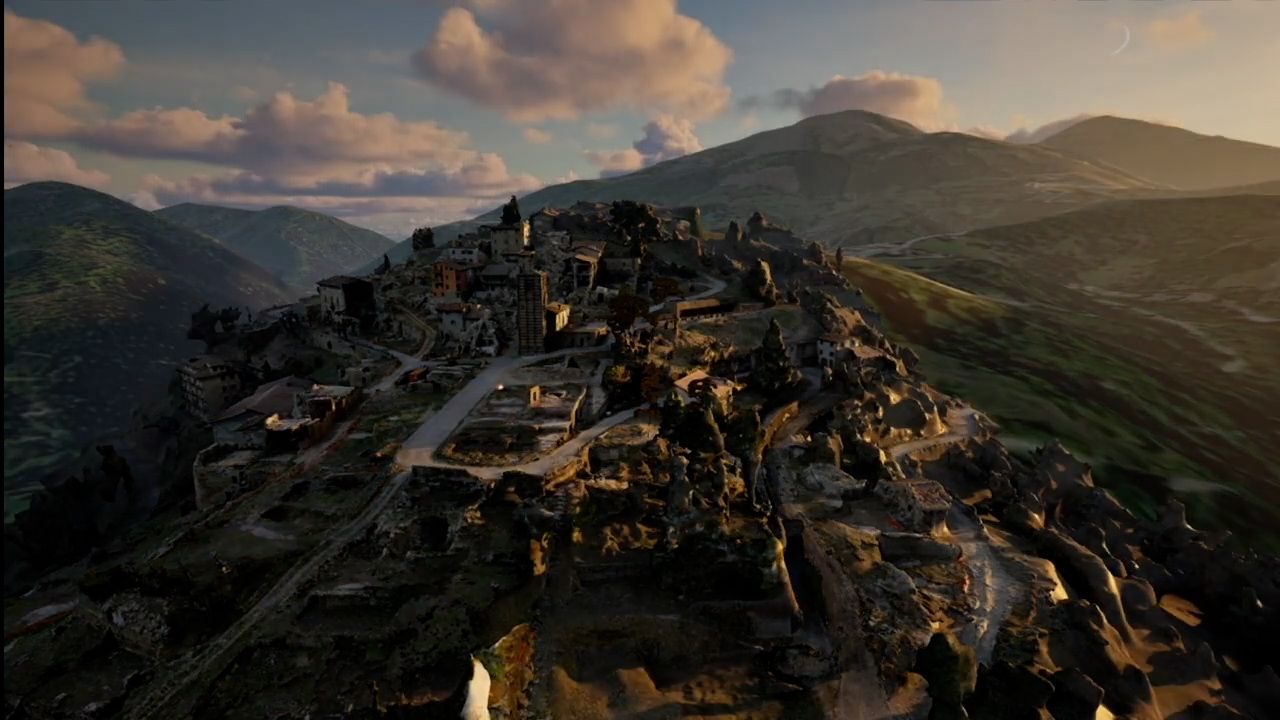
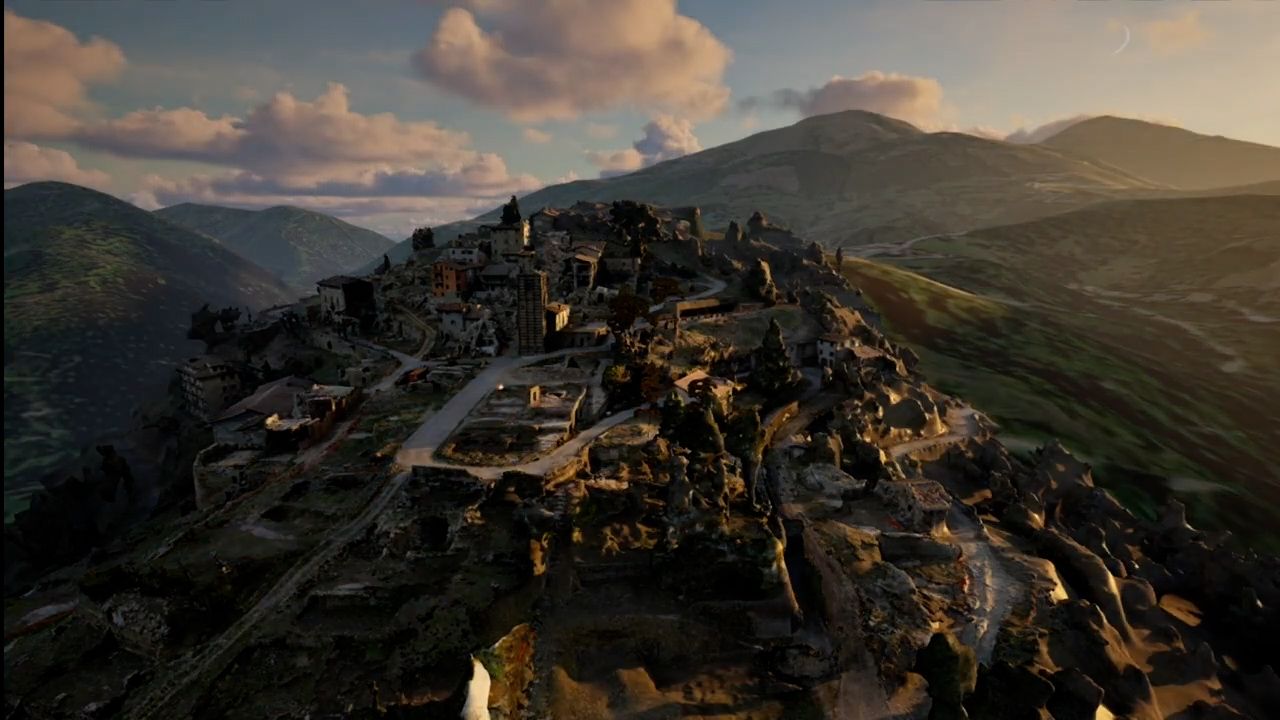
Uncovering Senerchia's story
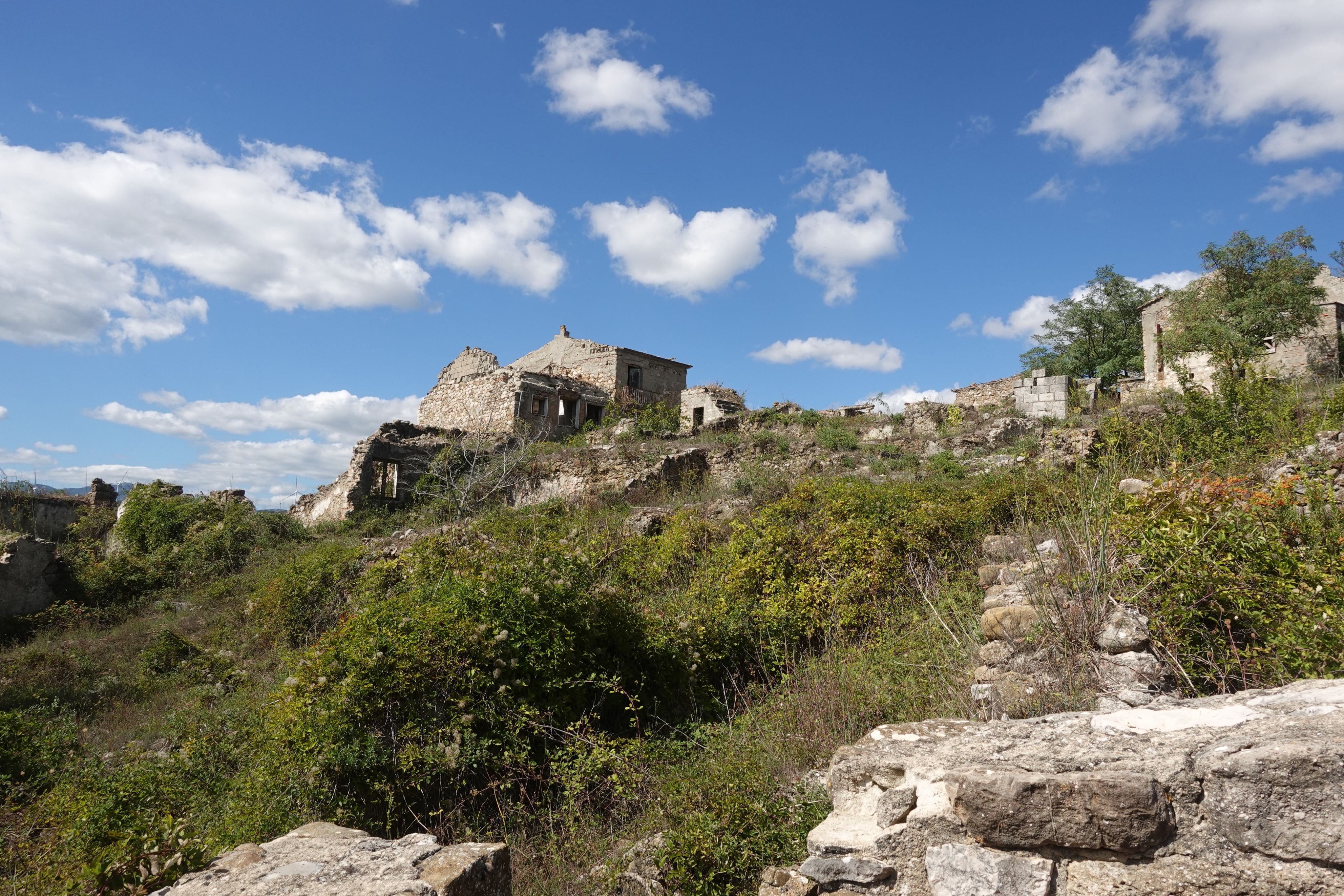
An older resident of Senerchia reflects on the hopes that people once had for the rebuilding of the town, and the nostalgia for what was lost after the earthquake and reconstruction.
An older resident of Senerchia reflects on the hopes that people once had for the rebuilding of the town, and the nostalgia for what was lost after the earthquake and reconstruction.
“It is clear that communities must be at the heart of rebuilding during the time of displacement.
“They must be invited to reflect on their identity as a community, on their roots, their heritage, and the state of the community and the built and natural environment at the exact time of rupture. This time of displacement must be turned into a productive space.”
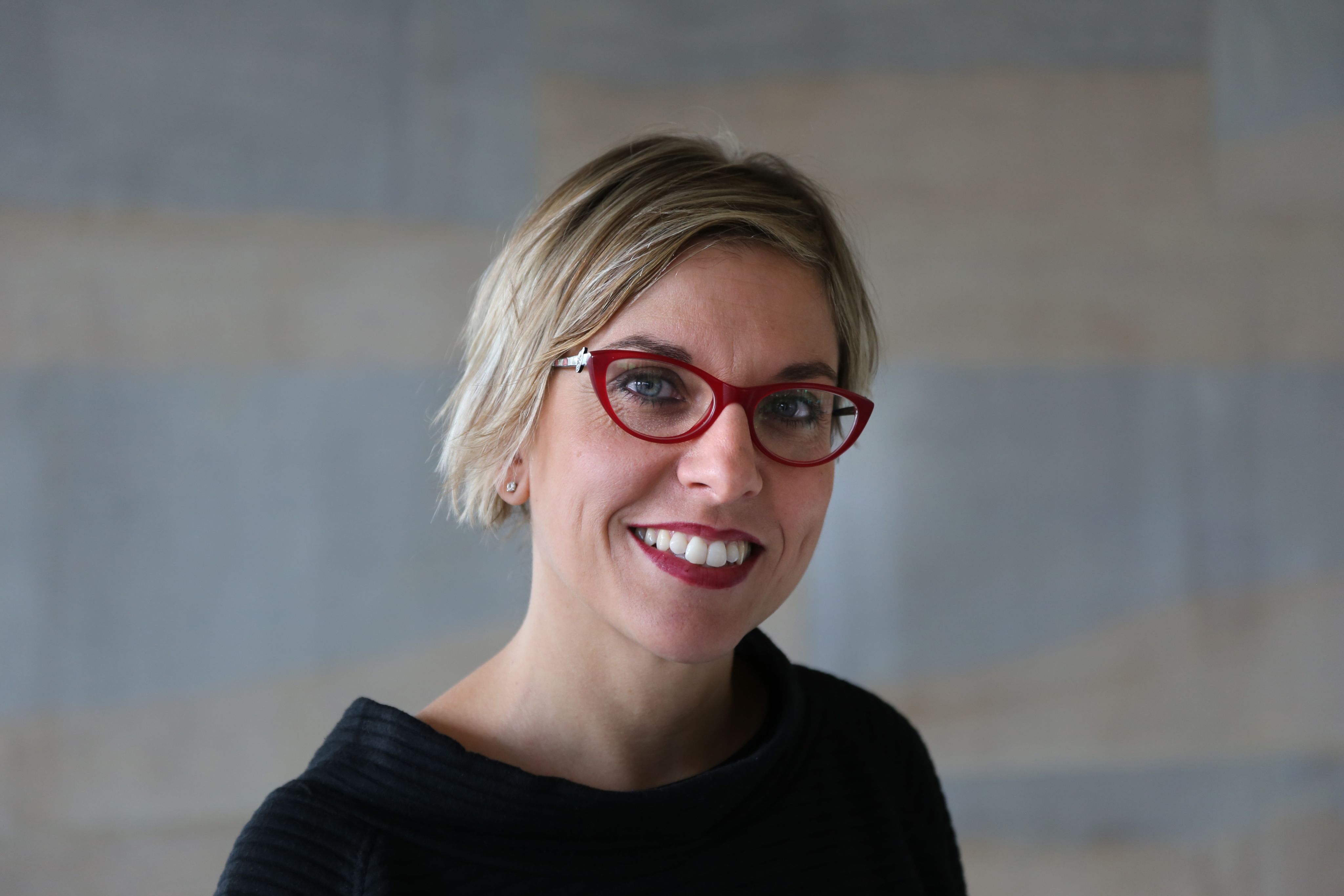
Expanding on her work in Senerchia, Dr Di Giuseppantonio Di Franco is now looking more closely at the transformational use of new technologies to sustain heritage, communities, and culture through disasters.
Focussing on three case studies in Irpinia, L’Aquila, and central Italy, the REPLACE project is helping communities to respond to, recover from, prepare for, and mitigate the social effects of natural disasters by REbuilding a sense of PLACE.
In Irpinia, the rebuilding process was problematic. Bribery and fund mismanagement meant that local communities did not always receive the financial support they should have done. The REPLACE project will interrogate whether the community in Irpinia has fully gone through both the ‘Response’ and ‘Recovery’ stages of the Hazard Management Cycle and evaluate where 3D technologies can be optimised to make these processes more impactful.
In L’Aquila, at least 308 people died as a result of the 2009 earthquake, with many more injured and many thousands displaced. L’Aquila is deemed to be in the ‘Recovery’ phase of the Hazard Management Cycle, focusing on clean up and rebuilding. After the quake, many people remained in temporary accommodation, whilst inquiries began into the quality of building standards. What made the region’s buildings so affected by the impact of the earthquake in an area where earthquakes are common and quake-resistant building standards should be widely followed?
Central Italy was affected by a widely felt earthquake in 2016. The towns of Amatrice and Accumoli were at the epicentre of the quake, which could be felt as far away as Rome. The disaster left a significant impact on the region and significant damage still remains many years after the disaster struck. The process of rebuilding the first house in Accumoli, which is still in the ‘response’ phase of the Hazard Management Cycle, only commenced late in 2023.
These case studies will provide concrete data to help understand the impact disasters have on the feeling of belonging somewhere, and how rebuilding is integral to maintaining a sense of place.
In the future, these findings will be used by national hazard management policymakers, like Italy’s Regional Cultural Relics Office as well as the international disaster management community through the World Heritage Committee, to develop best practice standards for post-disaster recovery.
Satellite image includes material © CCME (2025), provided under COPERNICUS by the European Union and ESA, all rights reserved.
The Museum of Resilience and B.R.A.C.I.
Based on their work in Senerchia, the team is also creating a Museum of Resilience in collaboration with local communities impacted by these earthquakes.
The museum will build and promote resilience, increasing people’s ability to prepare for, respond to, and recover from the shock of natural disasters.
The Museum of Resilience has also been collaborating with Dr Marco Valesi, Studïo Miràl, and the B.R.A.C.I. project to explore more stories about objects, what they mean to people, and how they are connected to communities and their sense of place in the past, present, and future.
Sandra talks about the three types of cheese that are so important to her business and central Italy’s economy.
Giuseppe talks about his Vespa, which he inherited from his family, and why it represents his life in Senerchia.
Francesca tells us about a wild cherry tree and its significance to her, to Amatrice, and to Italy.
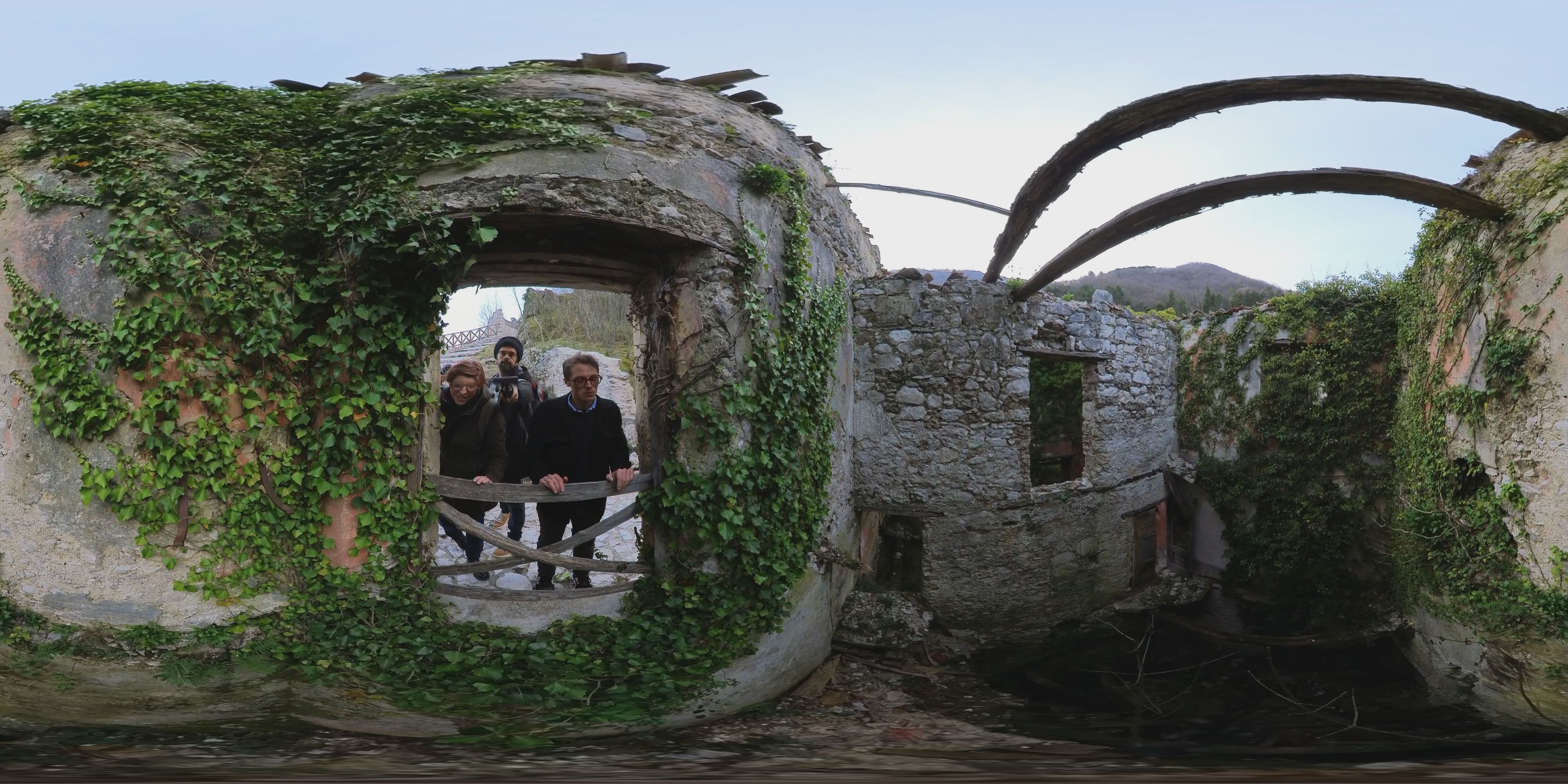
Making a global impact
The REPLACE project is fundamentally changing the way communities relate to their past and how they build resilience for the future.
With the growing impact of the climate crisis around the world, communities are moving away from focusing on reducing the scale of disasters to focussing on resilience and adaptation.
The research done by Paola and her team is exploring pressing ideas at academic and policy level and is directly contributing to improving people’s lives through research.

Find out more
Rebuilding a sense of place
Find out more about the REPLACE project and the ways in which 3D technologies can help communities rebuild a sense of place.
Studïo Miràl
Visit Instagram to discover the work of B.R.A.C.I, Studïo Miràl and Dr Marco Valesi.
The home of future thinkers
Our School of Philosophical, Historical, and Interdisciplinary Studies is where curious minds and advocates of the world unite.
Heritage and Museum Studies
Our MA in Heritage and Museum Studies explores how we manage, preserve, and communicate our heritage.
Sixty Stories
We’re celebrating 60 years of making change happen. 60 years of boldness and bravery from our students past and present. 60 years of creating change.

